Greatest NHL Players By Jersey Number

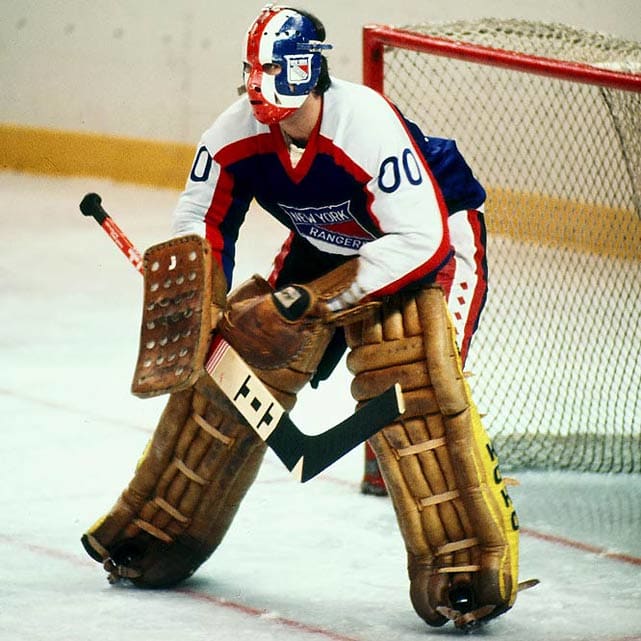
SI.com's Allan Muir undertook the agonizing chore of choosing the following 101 players. Our one stipulation was that obviously worthy players not be shoehorned into this list if they wore a particular number only briefly. Thus, no Joe Sakic at 88, the number he wore as a rookie with Quebec before switching to his familiar 19, which had some stiff competition.
If this list included the WHA, I would've given this spot to Hall of Famer Bernie Parent, but JD, who wore 00 for the Rangers in 1977-78, is still the only NHLer to wear the number.
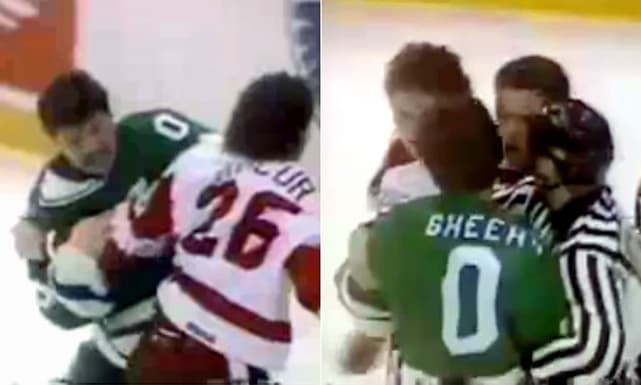
The story goes that when Sheehy's family emigrated from Ireland, their name was O'Sheehy. Neil, who spent six seasons in the NHL (1984-91) and is the only player to wear this number, figured it was the best way to get the O' back.
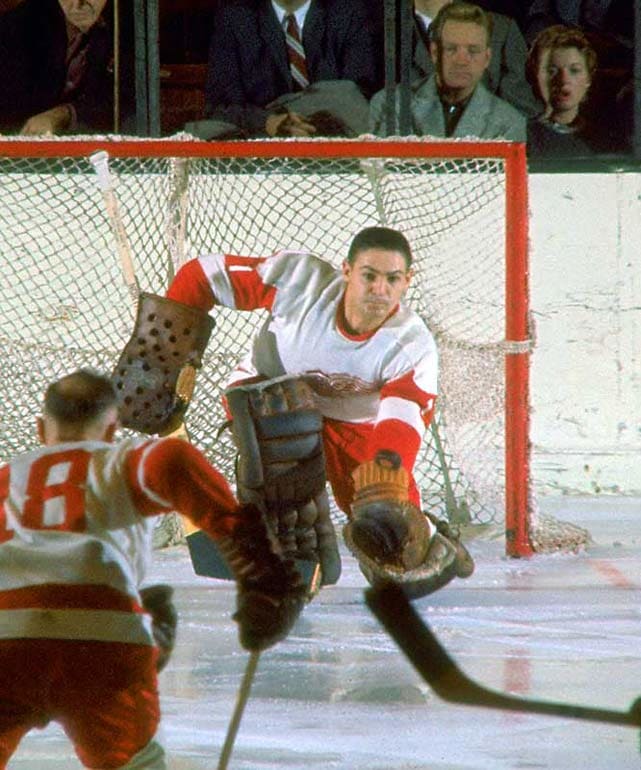
This number's been retired by five of the Original Six teams, making it the second-most debatable digit. Other wearer's: Georges Vezina, Johnny Bower, Glenn Hall, Turk Broda and Bernie Parent. I took Hall of Famer Sawchuk for his career shutouts mark (since broken by Martin Brodeur), four Vezina trophies and four Stanley Cups all while battling a string of physical and mental maladies.
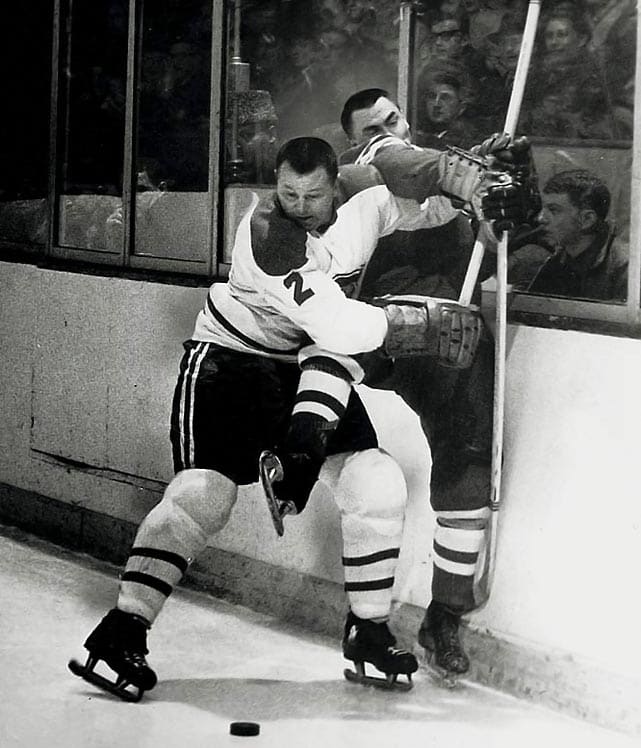
Feel free to make an argument for Eddie Shore, but it's impossible to ignore 10 first team all-star berths and seven Norris trophies.
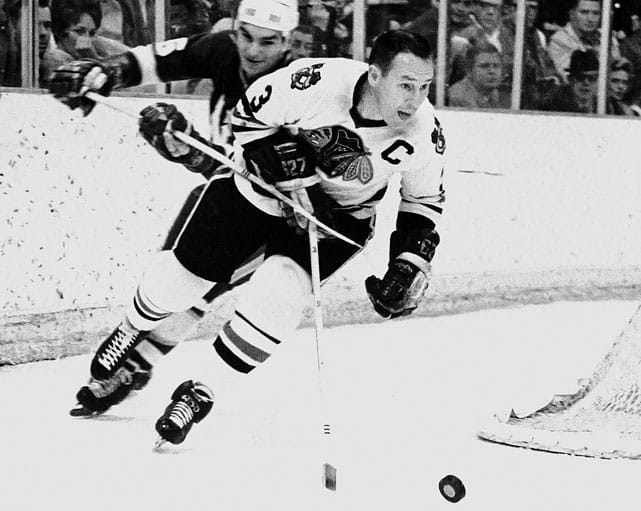
The Blackhawk Hall of Famer's lack of size belied his toughness and ferocity. He was an ironman workhorse who once cold-cocked both Rocket and Henri Richard in one brawl. One of the game's best blueliners of the 1950s (three Norris trophies), Pilote's name went on the Stanley Cup along with Bobby Hull's and Stan Mikita's in 1961.Of note, Zdeno Chara, the 2008-09 Norris Trophy-winner, wore 3 for his first eight seasons before switching to 33 in Boston, where he has produced his best numbers.
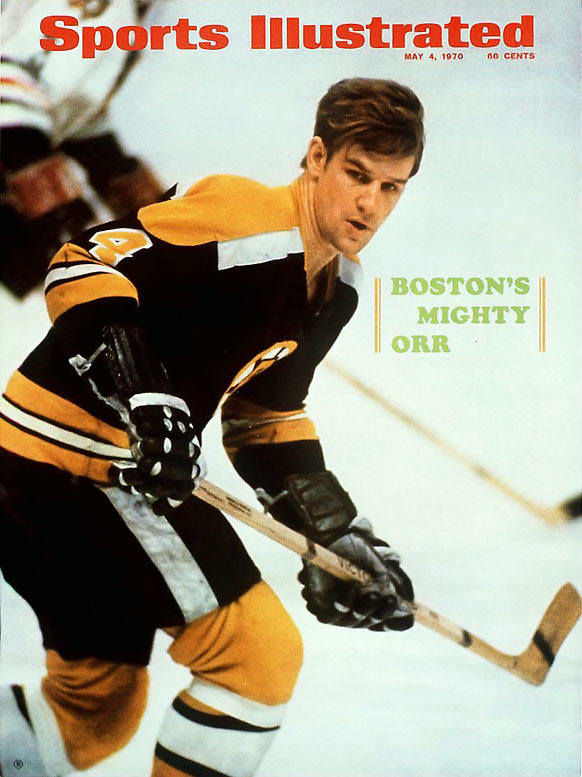
Forget hockey -- Orr is the greatest athlete to wear the number, period.
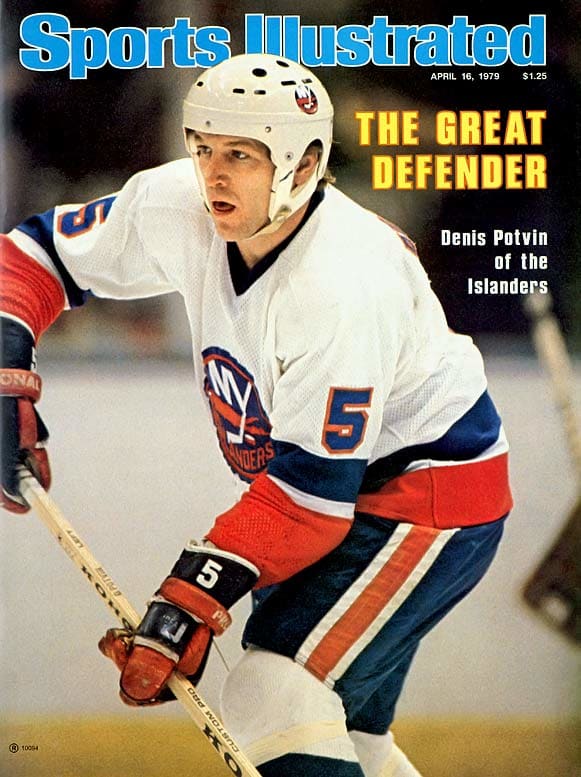
The Hall of Famer belongs in any conversation about the five best defensemen of all-time. The three-time Norris Trophy and four-time Stanley Cup-winner was an intimidating defender and the first blueliner to score 1,000 career points.
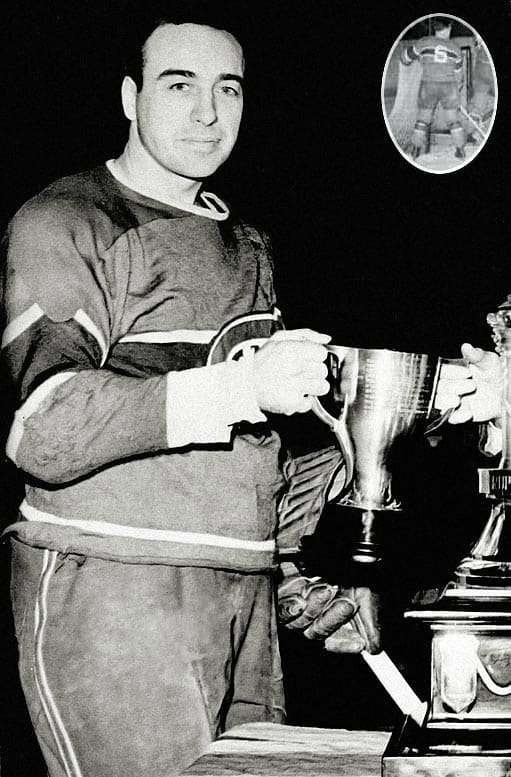
Before he became hockey's greatest coach, Blake -- whose first name was Hector -- spent 11 seasons on Montreal's famed Punch Line, winning the Hart Trophy in 1939.
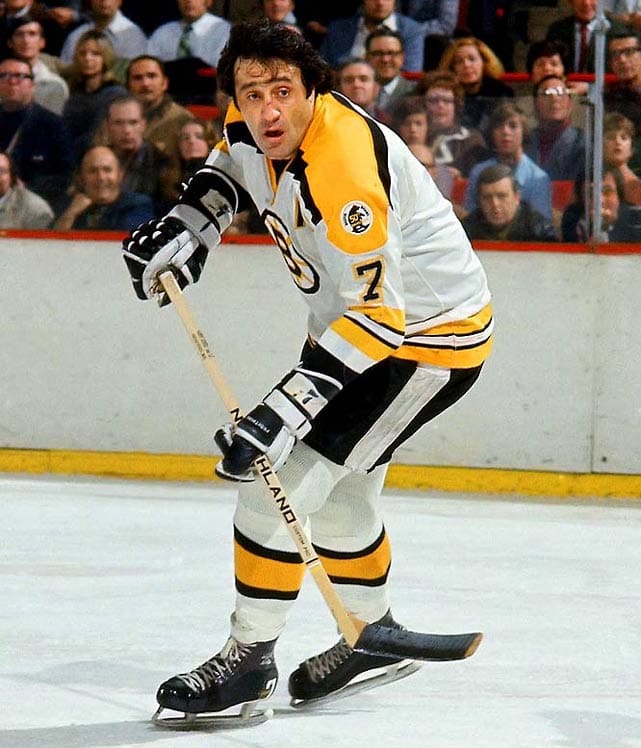
Howie Morenz may be the choice of the game's mythologists, but the indomitable Espo would have bowled over the pipsqueak and eaten his lunch.
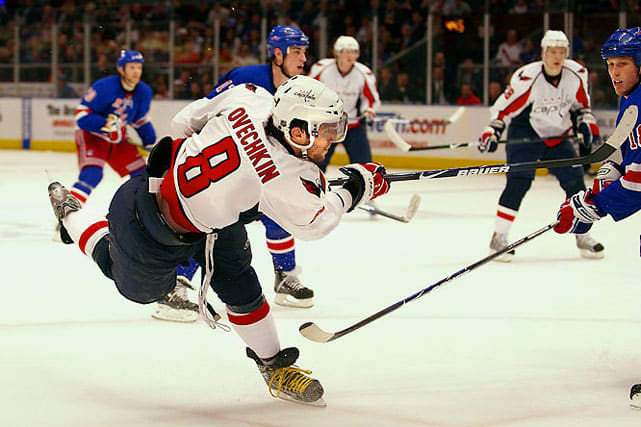
Apologies to Cam Neely, but it took AO just five seasons to prove that he's the greatest 8.
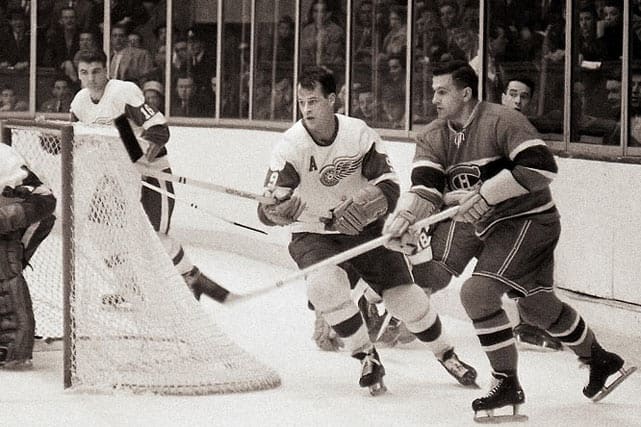
A grand total of 24 Hall of Famers have worn 9, but there's only one Mr. Hockey.
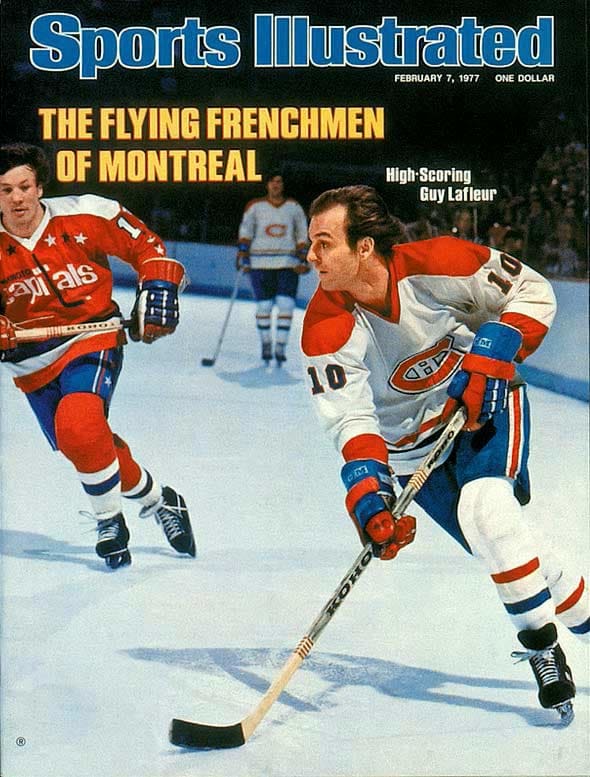
Questionable parenting skills don't negate six straight seasons of 50-plus goals.
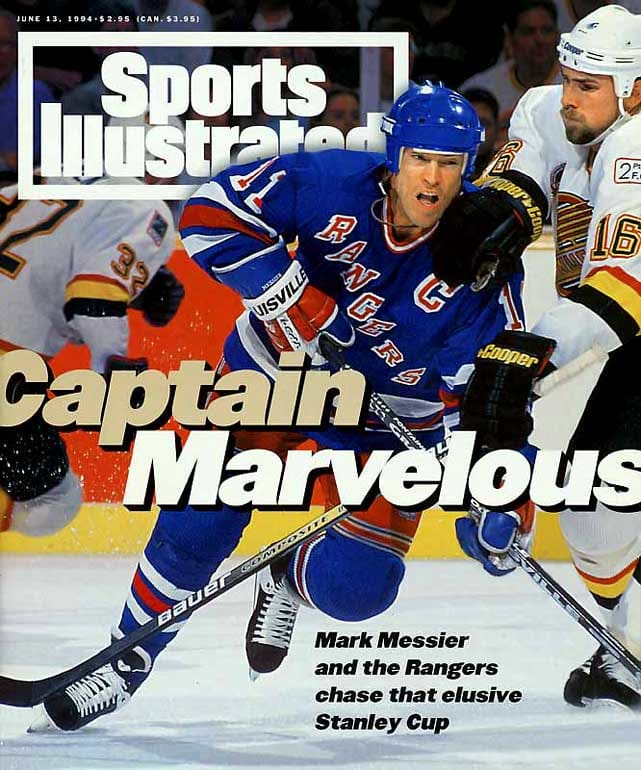
It was either Moose or Fred Boimistruck.
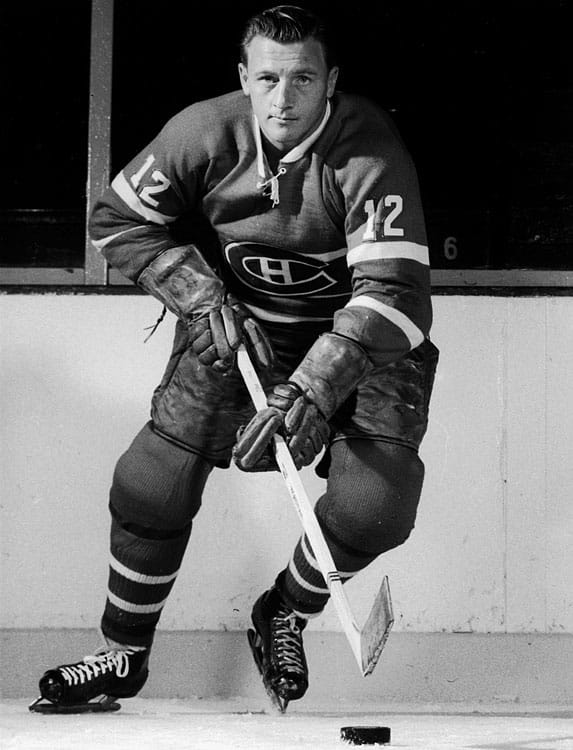
He took the number from Jean Beliveau -- and handed it off to Yvan Cournoyer -- but Moore gets the nod for his sweet mitts (a then-record 96-point season in 1958-59) and indomitable grit.
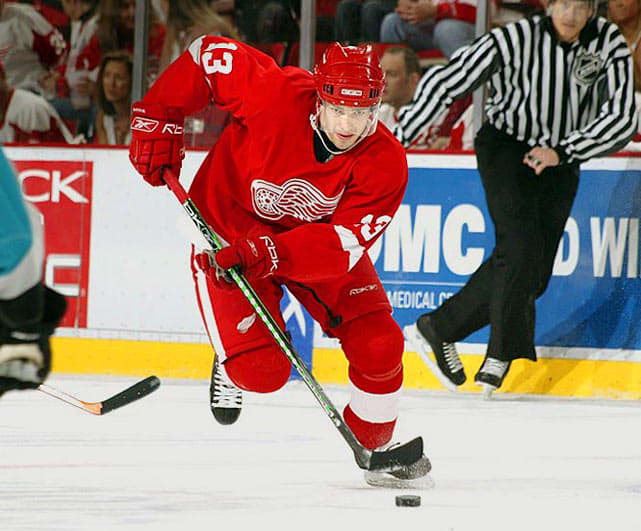
The number was lucky for Mats Sundin and Teemu Selanne, but neither can match the two-way artistry of Datsyuk.
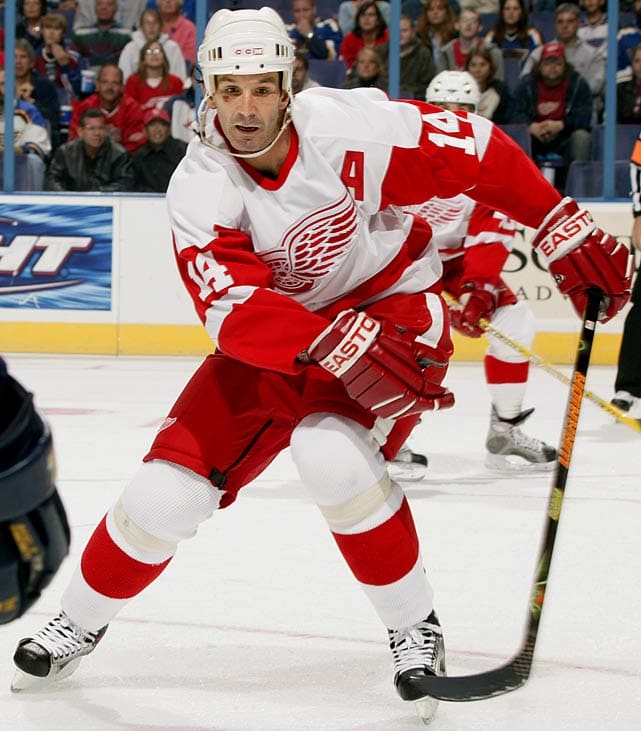
Tough to pass on Hall of Famer Dave Keon, but 656 goals and nearly 2,500 penalty minutes highlighted the career of Shanahan, who may be the greatest power forward ever.
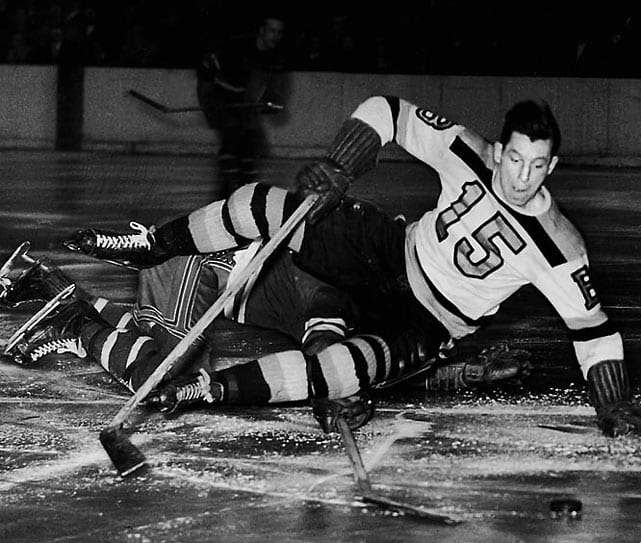
It would have been nice to honor the Rocket for his rookie sweater, but it's impossible to overlook Schmidt's nearly 15 seasons of two-way excellence that included the 1939-40 scoring title, leading the Bruins to the Stanley Cup in 1941, and winning the 1950-51 Hart Trophy. He would have done even more if he hadn't spent four years in the Canadian Air Force during World War II.
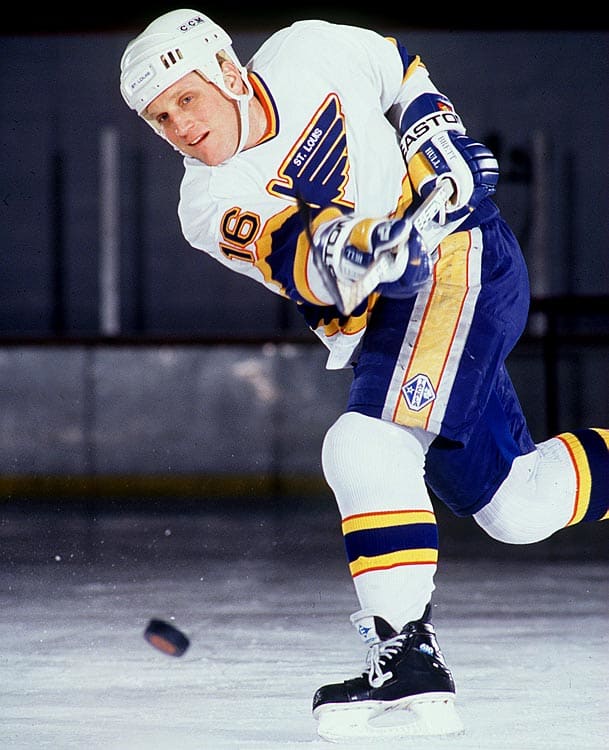
The Golden Jet wore this number for five seasons, but it was the Golden Brett who made it his own with 741 career goals and one of the biggest personalities the game's ever seen.
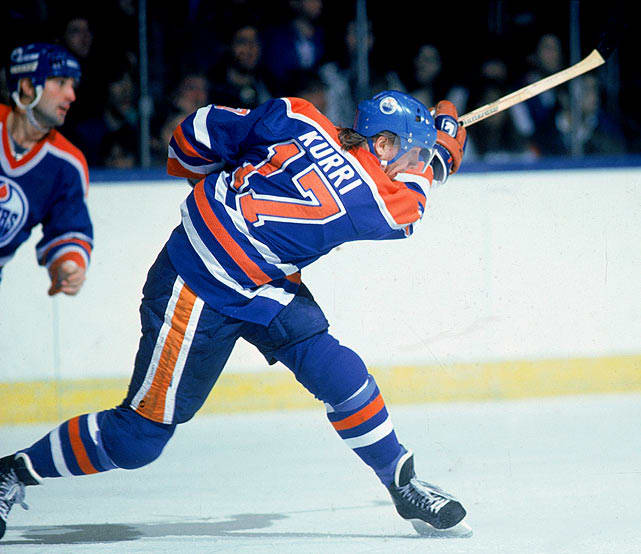
Maybe not as flashy as Ilya Kovalchuk, but 601 career goals -- and a strong two-way game -- give Kurri the edge.
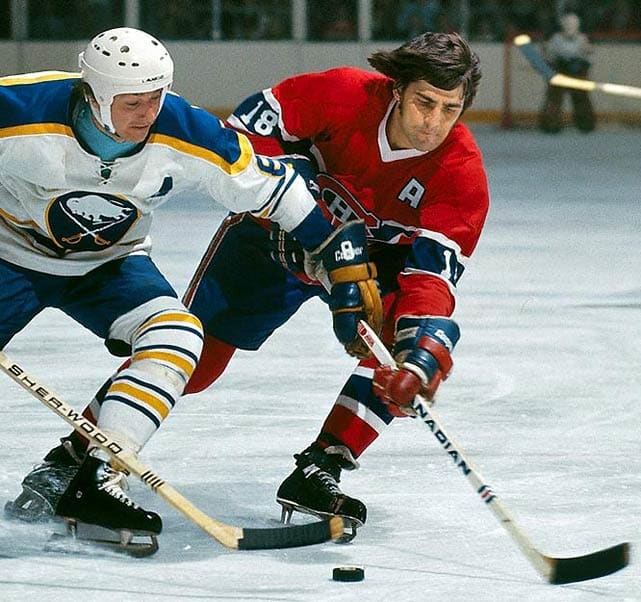
Nod goes to the Hall of Famer and 1968 Conn Smythe-winner...despite a strong write-in campaign for Rory Fitzpatrick.
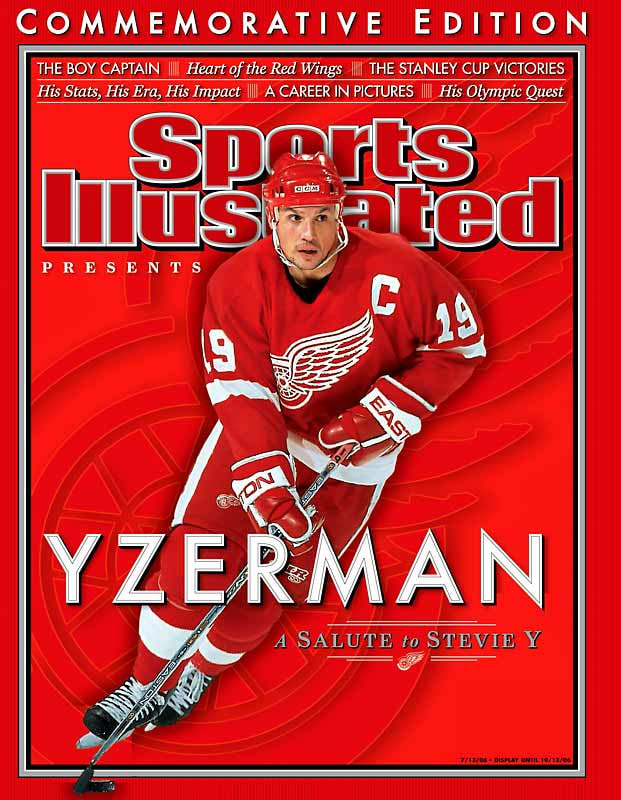
Maybe the toughest call in the list, as 19 has a storied past (Larry Robinson, Bryan Trottier) and has become the premier player's number of choice in recent years (Joe Sakic, Joe Thornton). But Stevie Y's three Cups and legendary leadership break the logjam.
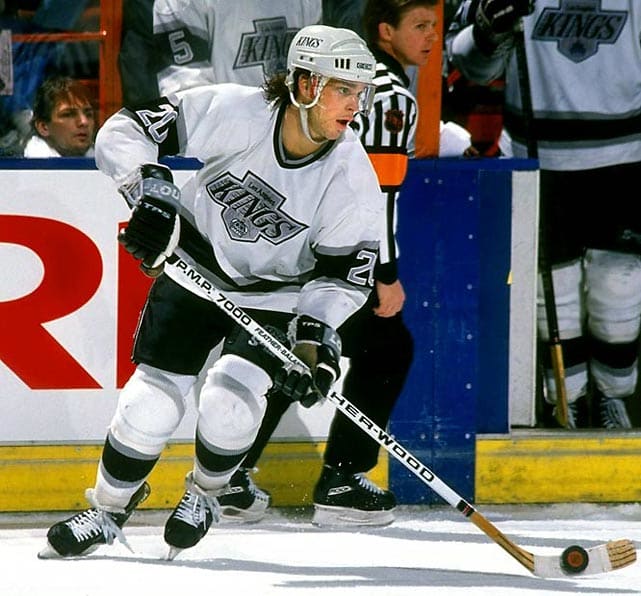
Surprisingly little competition for such a commonly worn number, but Lucky Luc would hold his own in a more stellar bunch with his 668 career goals, 1,394 points and Hall of Fame enshrinement.
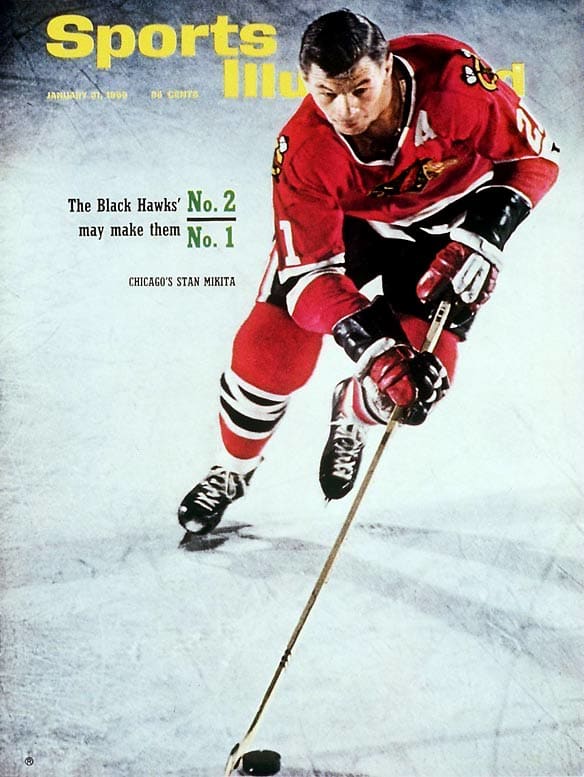
From Dr. Hook to Lady Byng, he was the premier pivot of the 1960s.
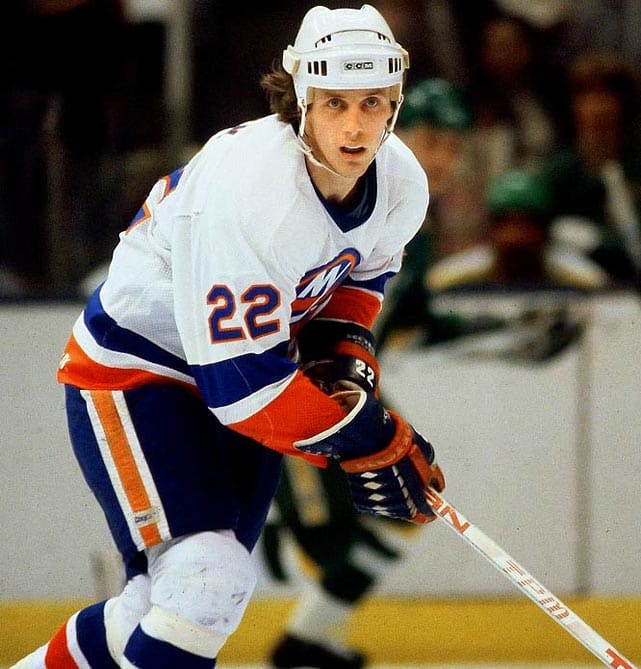
He scored 53 goals as a rookie in 1977-78, the first of his nine straight 50-plus seasons that included four Stanley Cups. (He was the 1982 Conn Smythe-winner.) Bossy's career average of .762 goals per game is the highest percentage in NHL history.
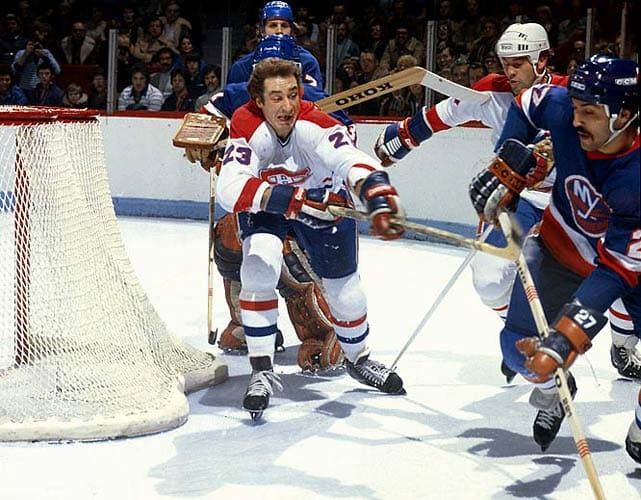
Famed Soviet coach Anatoli Tarasov called the owner of the Selke Trophy from 1978-81 the best all-around player in the world.
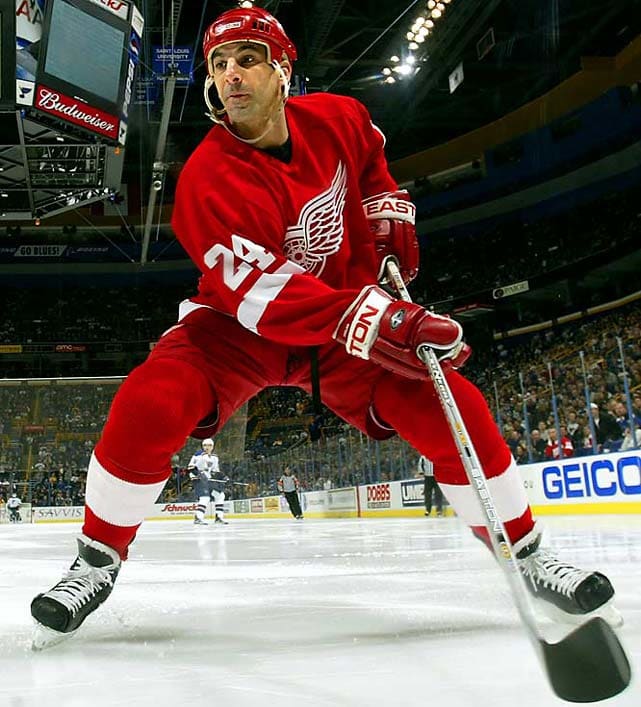
We thought he'd never go quietly into that good night, but he finally did at 48, as the longest-tenured blueliner (26 seasons) in NHL history, taking his three Norris trophies and three Stanley Cups with him.
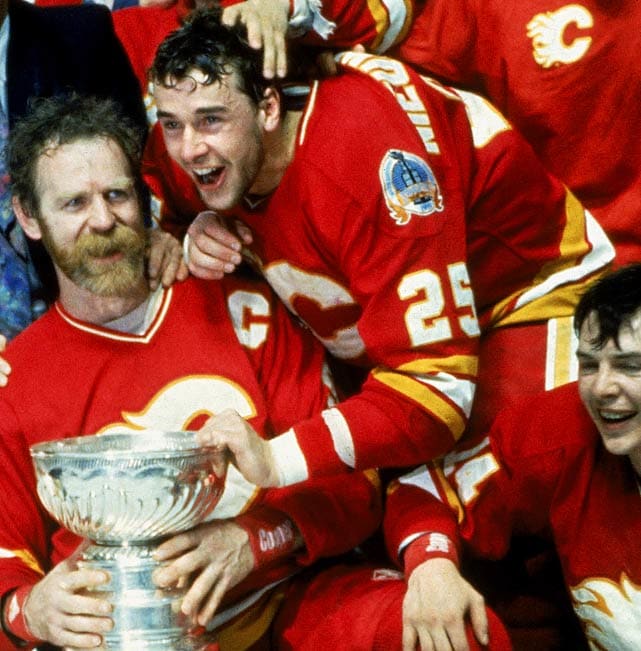
He scored 564 career goals and was an integral part of Stanley Cup championships with three different franchises (Calgary, Dallas, New Jersey).
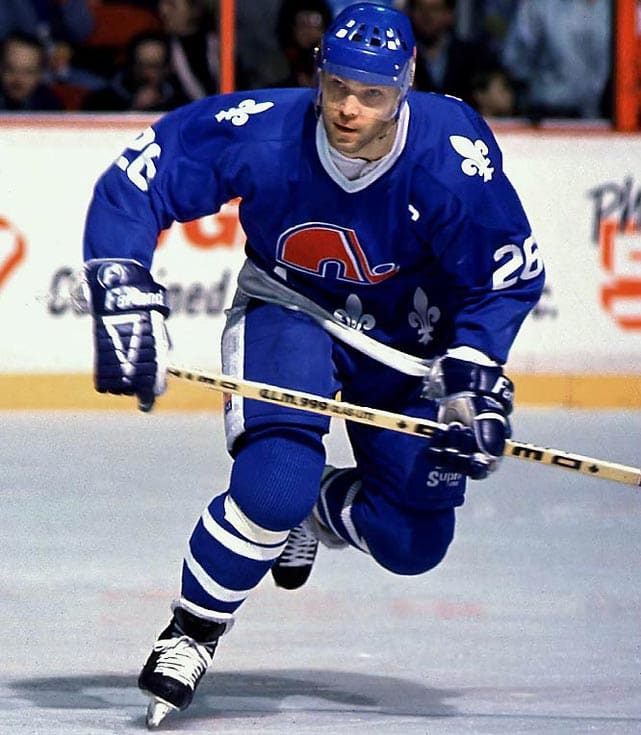
The Czech defector scored 1,059 points in the 1980s and was the first European-born and trained player to enter the Hall of Fame.
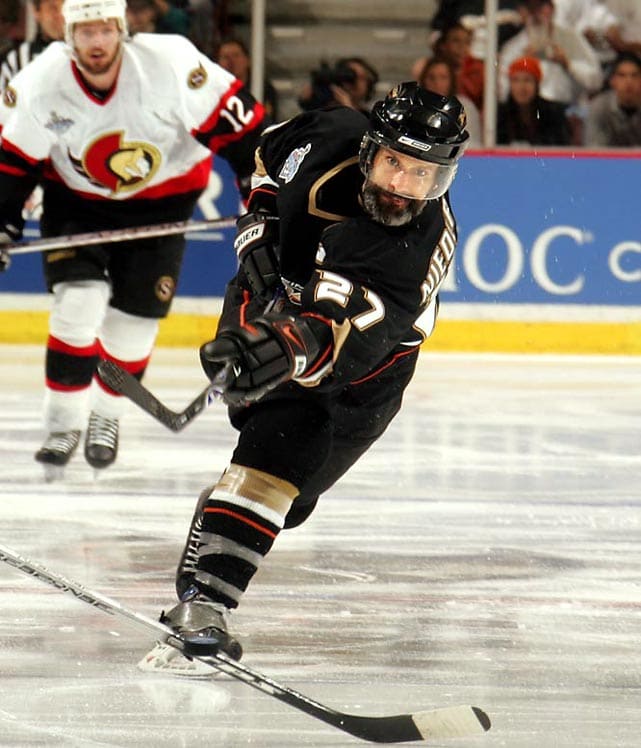
You can make an argument for Frank "Big M" Mahovlich, but Nieds won every major team trophy from juniors to the NHL (four Cups) to the Olympics, along with a Norris and a Smythe.
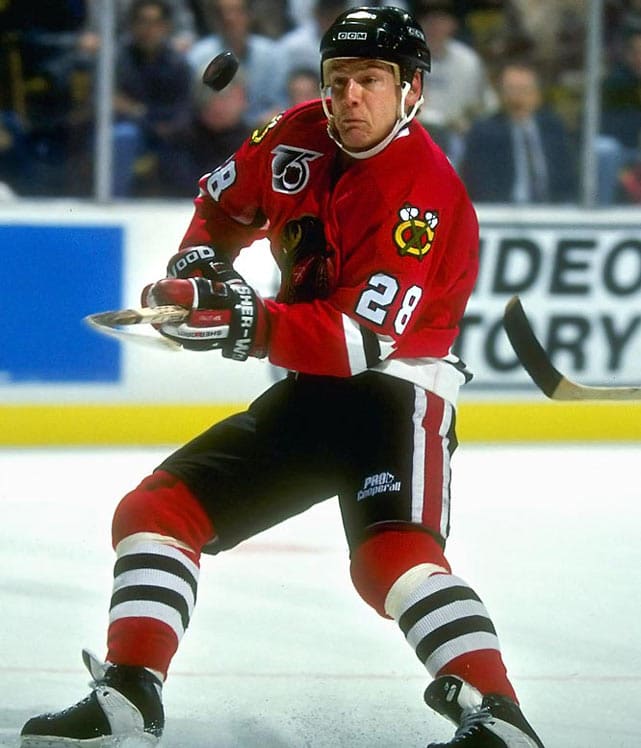
The list of wearers includes Steve Duchesne, Reed Larson, Pierre Larouche and Tie Domi, but Larmer had the most distinguished career, playing at better than a point-per-game pace for almost 13 full seasons from 1982-95.
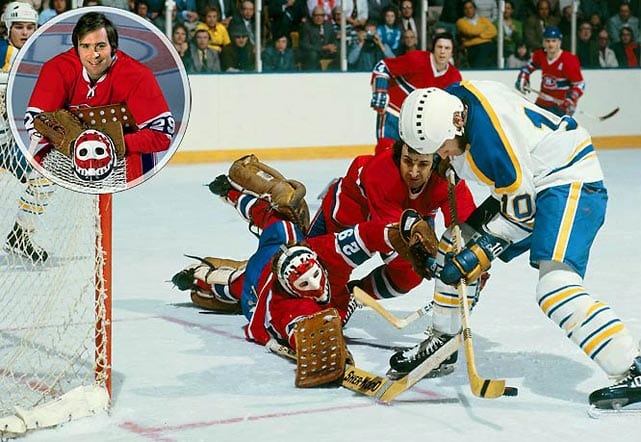
Five Stanley Cups and five Vezina trophies in just seven NHL seasons. Enough said.
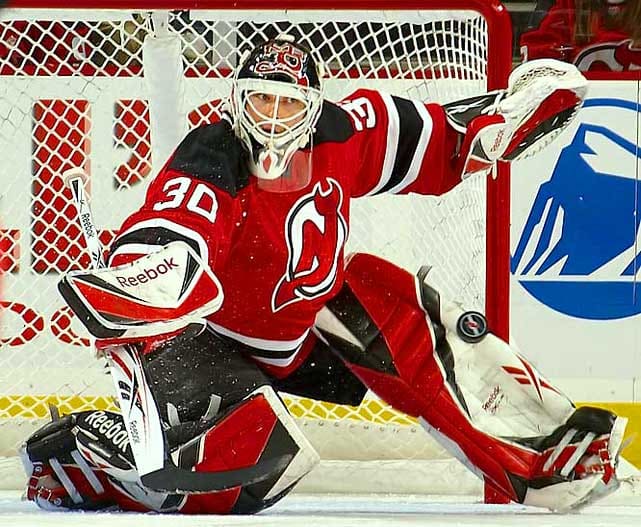
You can't go wrong with the NHL's all-time wins and shutouts leader.
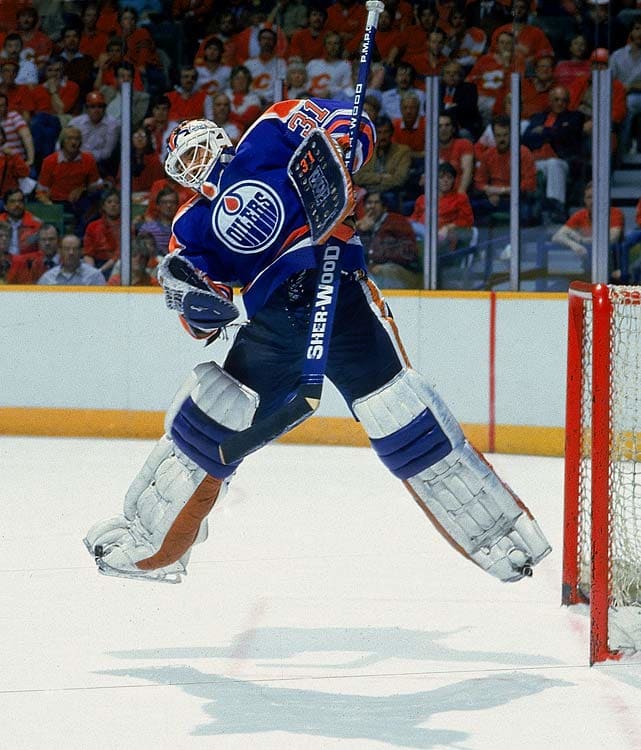
Ignore his .887 career save percentage. No goalie was ever better at turning in a big stop at a key moment, and he has the Stanley Cups and a Vezina Trophy to prove it. For good measure, Fuhr scored 14 points in 1983-84, a single-season record for goaltenders.
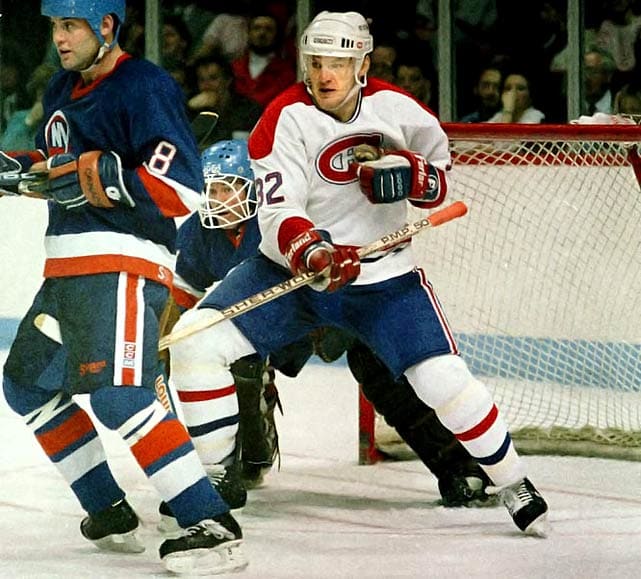
The feisty Lemieux edged out Dale Hunter by virtue of his legendary playoff heroics that included the 1995 Conn Smythe.
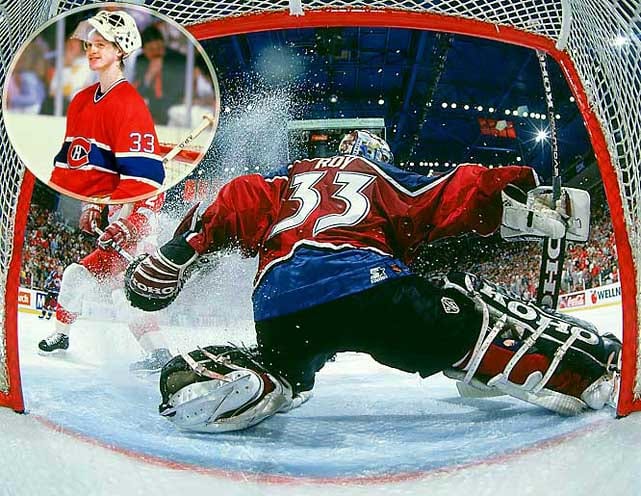
Montreal's legendary St. Patrick made 33 the number that a generation of Quebecers dreamt of wearing. He didn't do too poorly with Colorado, either.
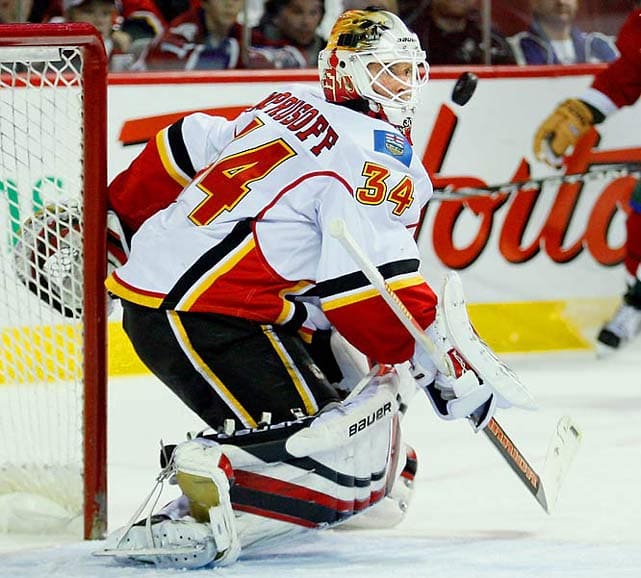
He switched to 34 after arriving from San Jose to find Dean McAmmond wearing his preferred 37 in Calgary. Hasn't done too shabbily, reaching the 2004 Stanley Cup Final and beating out Martin Brodeur for the Vezina in 2006.
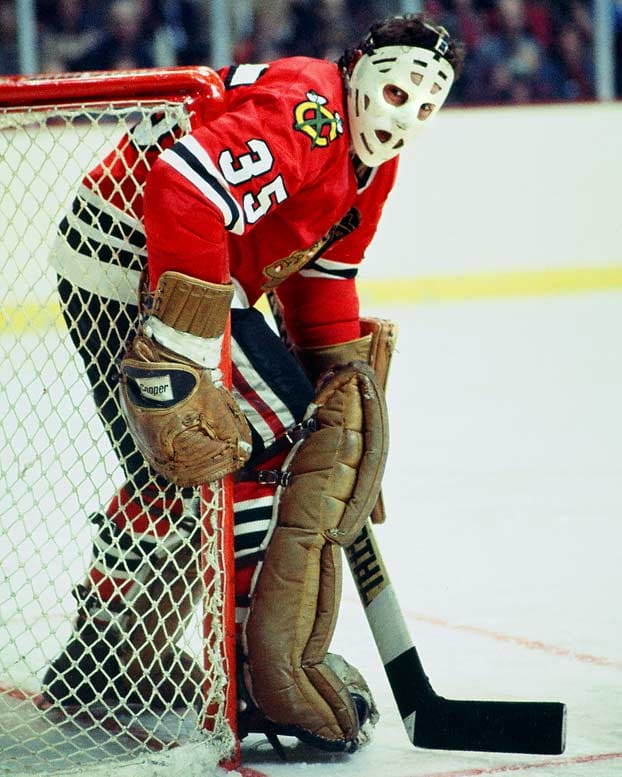
Apologies to SI.com's Darren Eliot (L.A. Kings, 1985-87), but Tony-O edges him out by virtue of being the only Hall of Famer to wear this number.
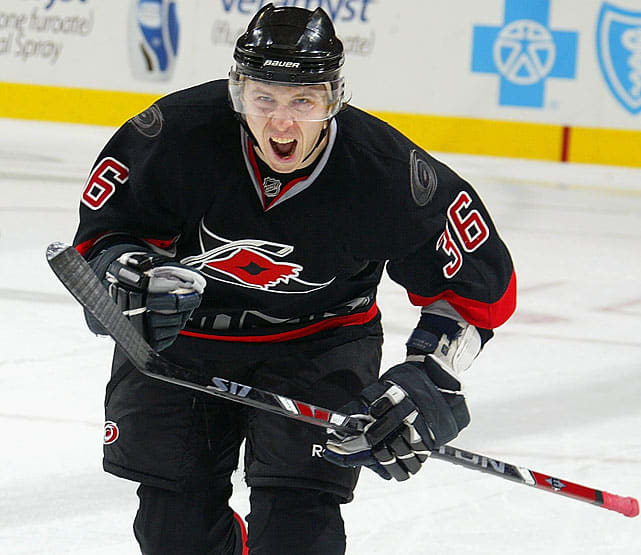
The one-time shootout king blossomed into 30-goal scorer for Carolina in 2009-10.
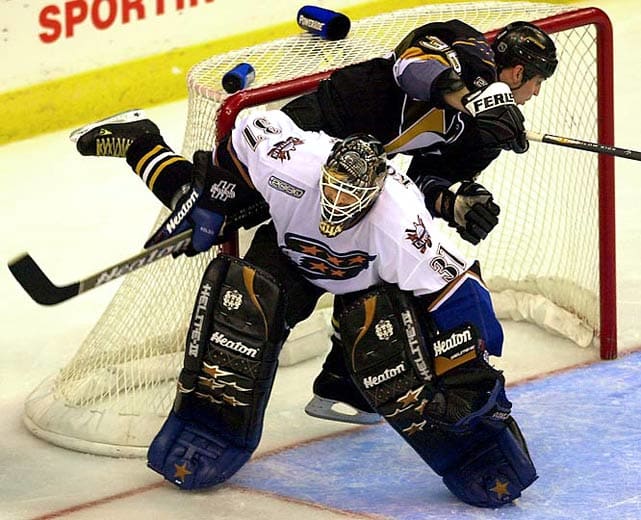
He's the only player to capture an individual award while wearing this number (Vezina Trophy, 2000).
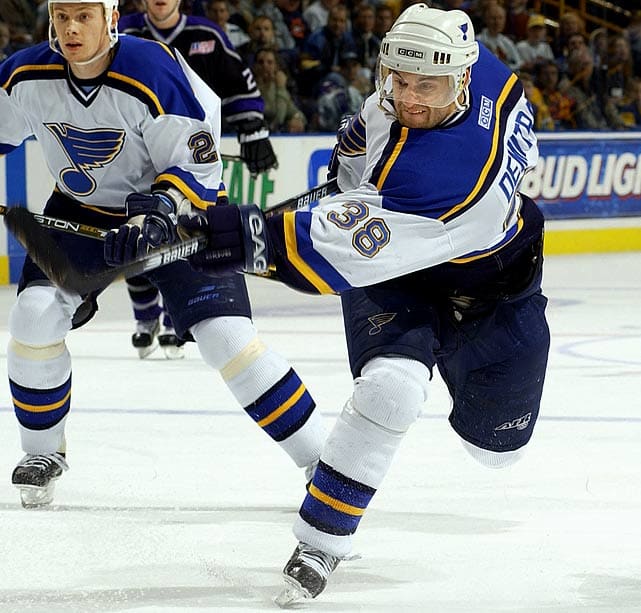
The veteran pivot had 304 goals (including three seasons of 35-plus) and 768 points as of the 2010-11 season.
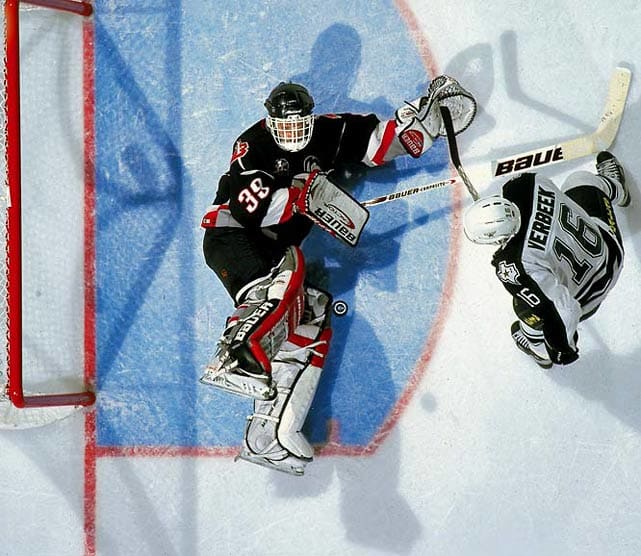
The Dominator took the number he made famous when he was dealt to the Sabres and found his old 31 taken by Grant Fuhr.
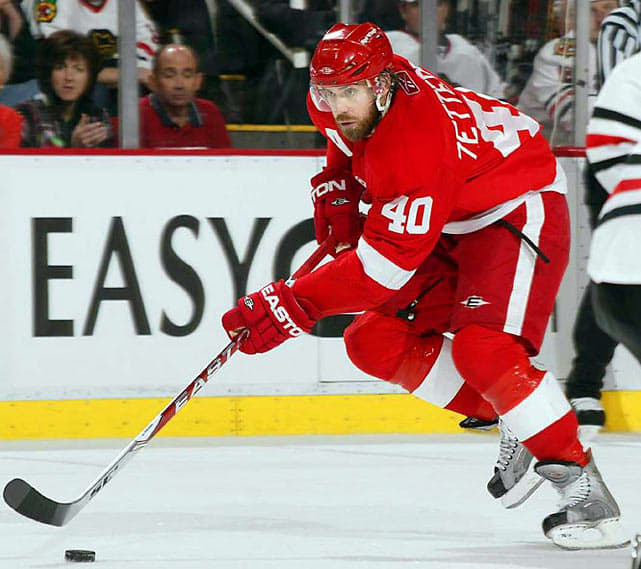
With Luc Robitaille holding onto 20, Hank decided to double the number he'd worn with Timra of the Swedish Elite League. He scored 43 goals and 92 points during Detroit's Cup-winning 2007-08 season.
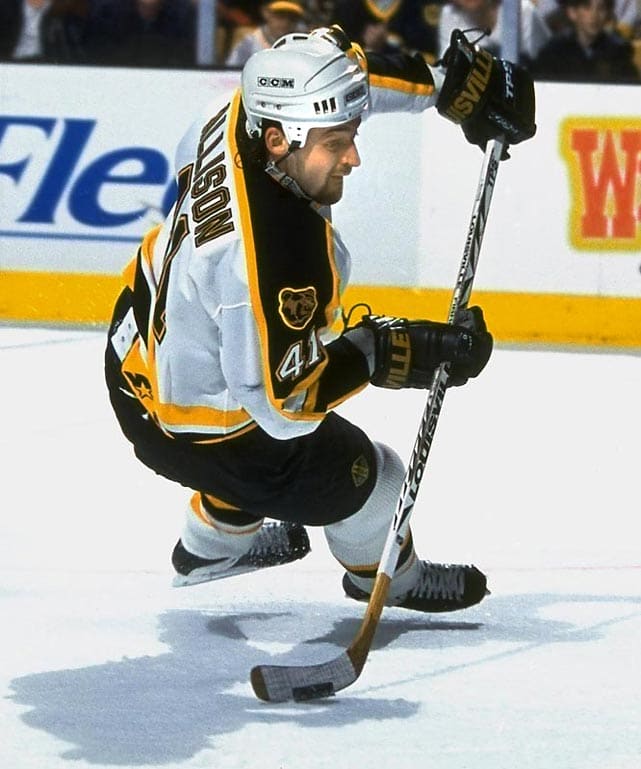
He kept the digits he was handed in his first training camp with the Caps, and had a pair of 30-plus goal seasons for Boston (1997-98 and 2000-01).
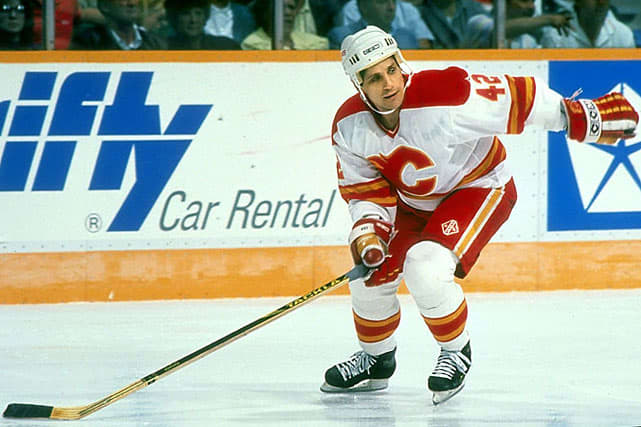
He made 42 his own after the 24 he wore with the Red Army was unavailable when he joined the Flames in 1989. He won the Calder Trophy that season, as a 32-year-old NHL rookie.
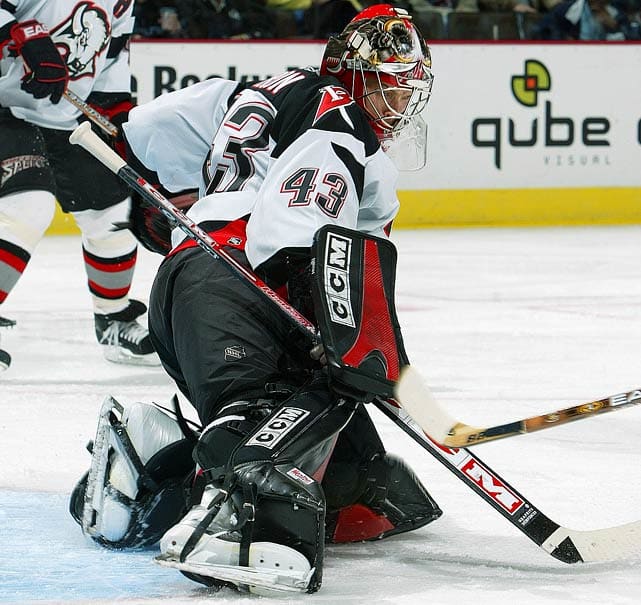
Currently the Rangers' backup behind Henrik Lundqvist, Biron wore 43 with some distinction in Buffalo and Philadelphia where he had four winning seasons as a starter, his most recent best being a 30-20-9, 2.59 GAA campaign for the Flyers in 2007-08.
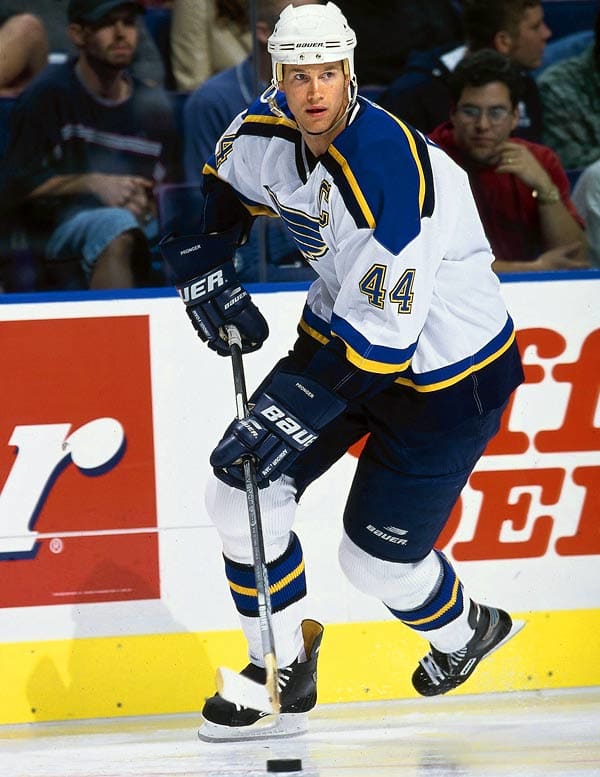
The certain Hall of Famer wore 44 for Hartford, St. Louis and Edmonton until being dealt to the Ducks in 2006.
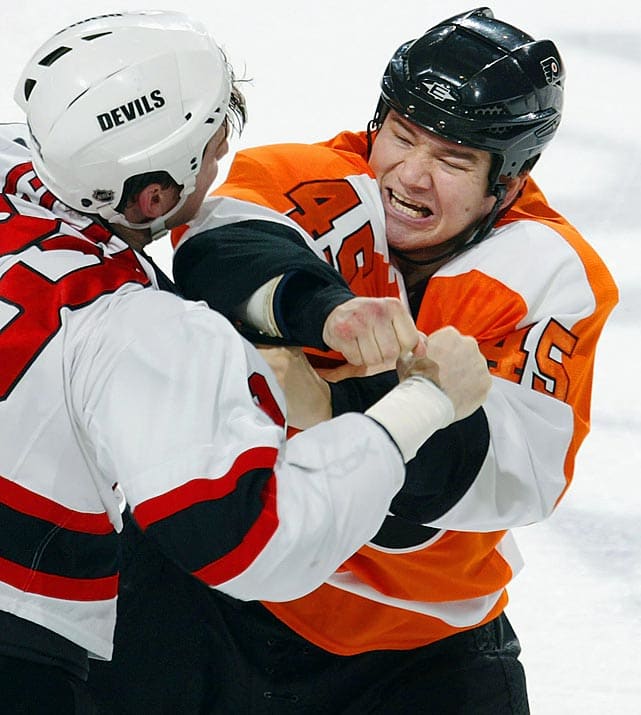
The solid grinder stands out among a field comprised primarily of shuttle-riders.
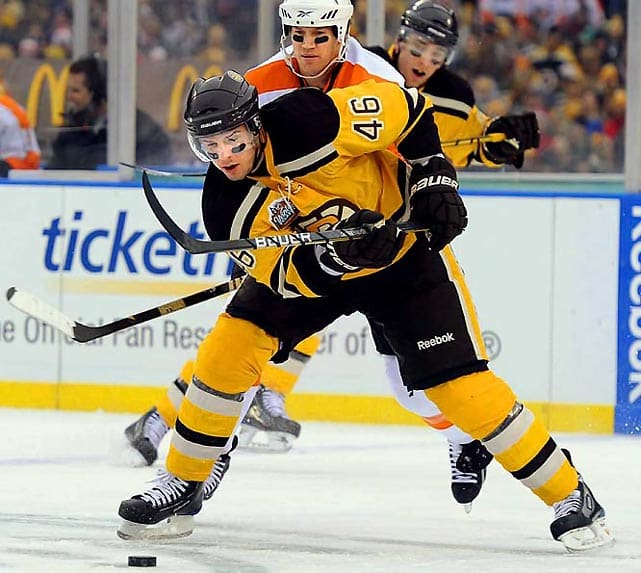
A number worn surprisingly often, but rarely with great honor. Krejci gets the nod for having the best single season (22 goals, 73 points in 2008-09) while wearing it.

He had two productive seasons in Nashville, including a 26-goal, 58-point campaign in 2007-08 and is still wearing 47 ... in Russia. He got our nod over offensively-gifted but defensively-challenged blueliner Marc-Andre Bergeron.
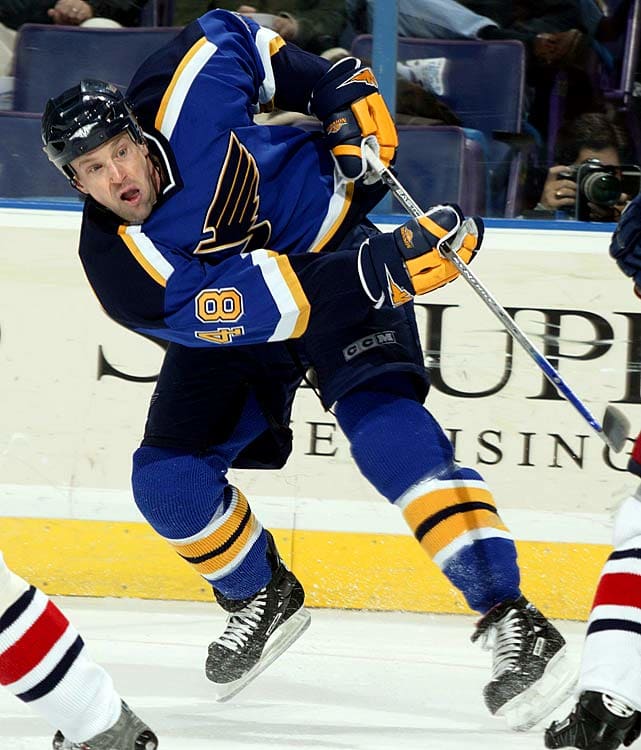
The 16-season veteran had a 40-goal slate for St. Louis in 2000-01 and retired in 2006 as a three-time Olympian and two-time Cup champ.
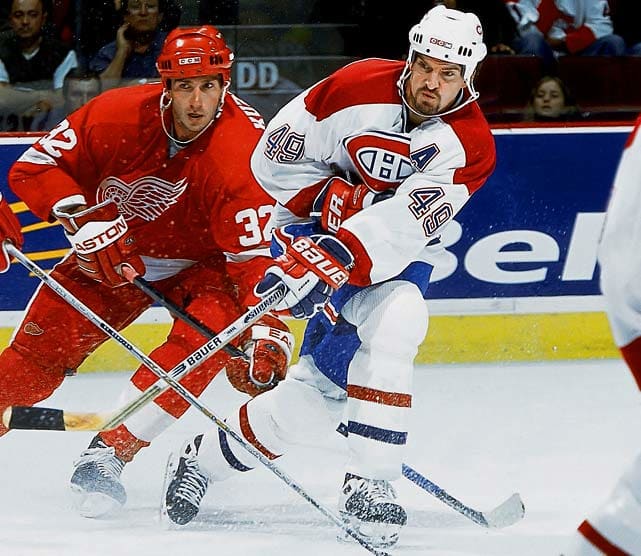
Joe Juneau scored 102 points as a rookie wearing this number, but Savage honored it with more consistency, four times topping the 20-goal mark for Montreal.
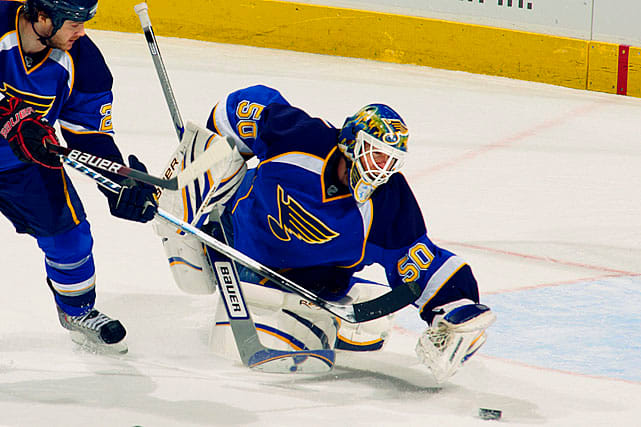
A number favored by fourth-string goalies was selected by Mason when he joined the Blues in 2008 and went on to a 27-21-7, 2.41 GAA season. Had a decent 30-22-8, 2.53 GAA slate in 2009-10 before being supplanted by the newly-acquired Jaroslav Halak.
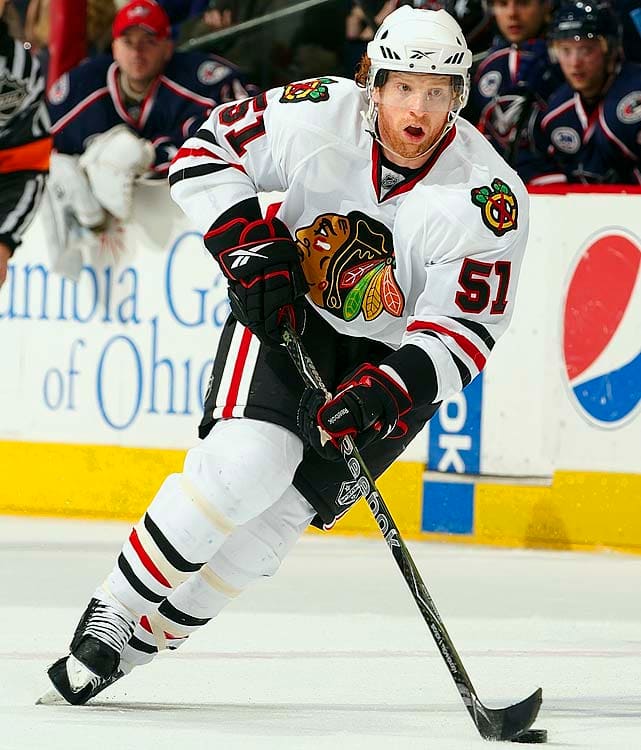
Ignore his bloated contract and you've got one of the best puck-moving defenders in the game.
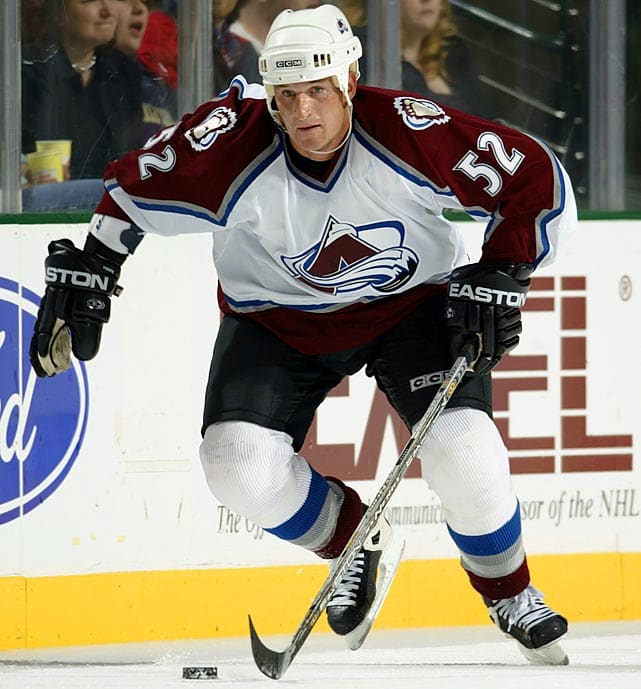
The sound positional blueliner has kept his training camp number from Quebec throughout his 18-year career. He was a solid contributor to two Cup championships with Colorado ((1996, 2001).
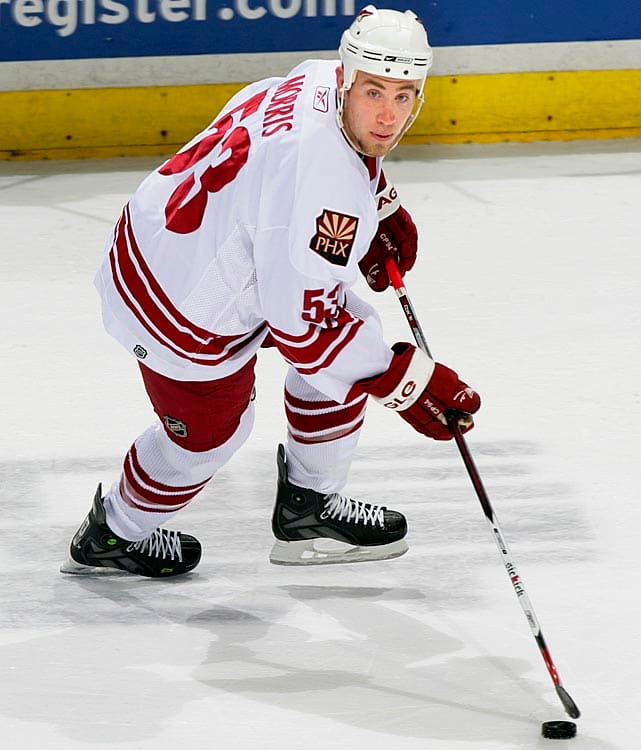
The veteran defender has outscored the other 33 players who've worn these digits...combined.
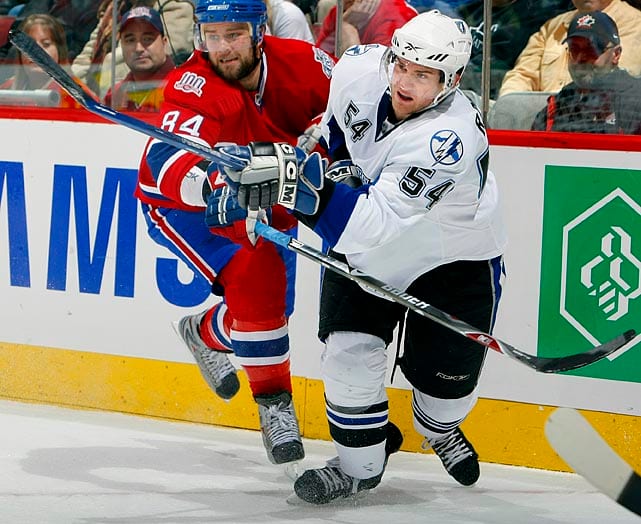
Bobby Ryan wore 54 during his rookie season with Anaheim that was such a travesty he eventually ditched it for the venerable 9. Thus, we award our honors to a five-year veteran who had a 10-goal, 21-point career season for Tampa Bay in 2007-08.
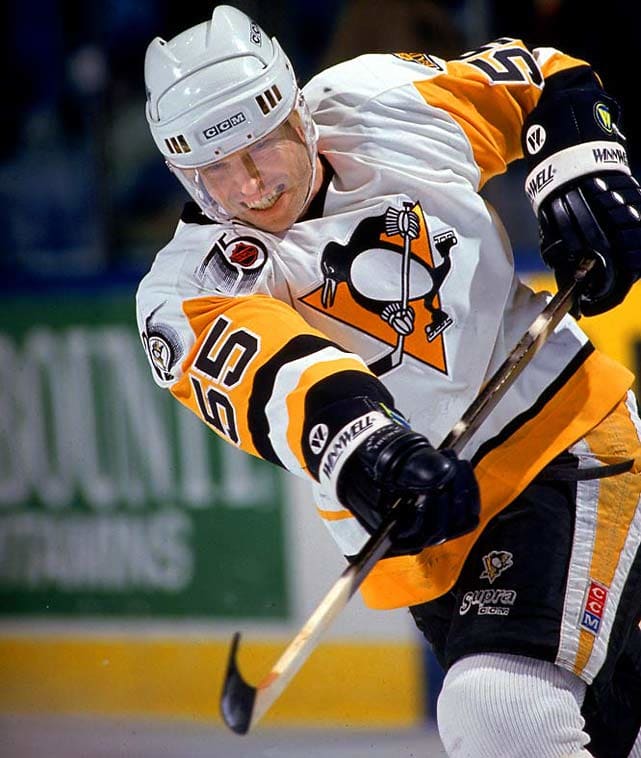
Inducted into the Hall of Fame during his first year of eligibility (2004), Murphy wore 55 for the second half of his distinguished career after being dealt from Minnesota to Pittsburgh in 1991.
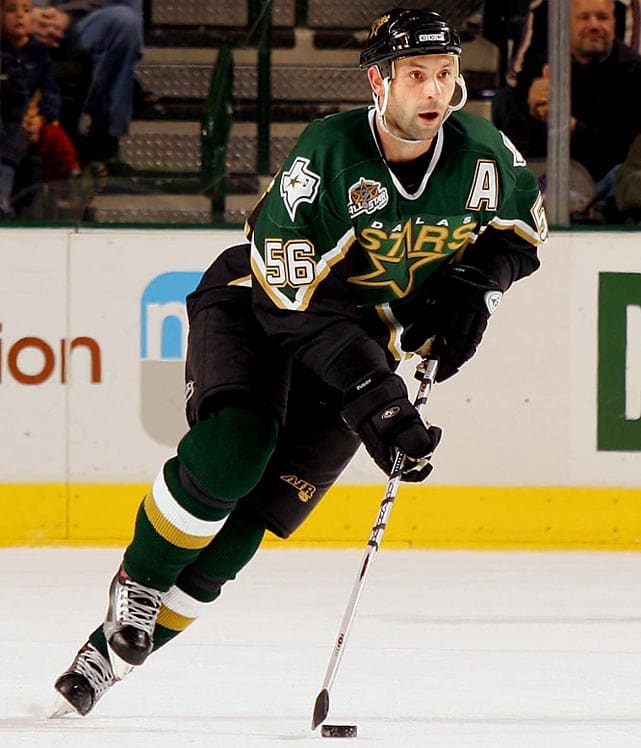
The steady, productive blueliner, who won Stanley Cups with New York and Dallas during his 16 years in the league, wore 21 with the Rangers but traded down for 56 after being dealt to Penguins in 1995.
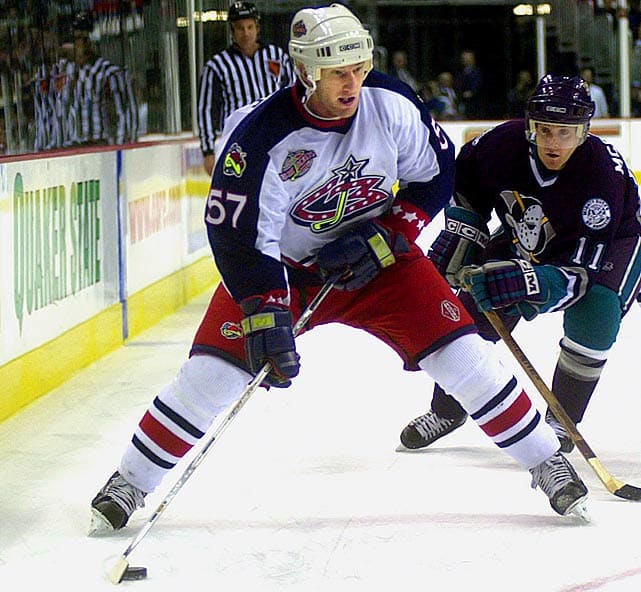
Bruins GM Harry Sinden thought a Heinze wearing 57 insulted the game, but the Blue Jackets were in on the tasty joke when they took the winger in the 2000 expansion draft. Three 20-goal seasons kept Heinze from being a mere punchline.
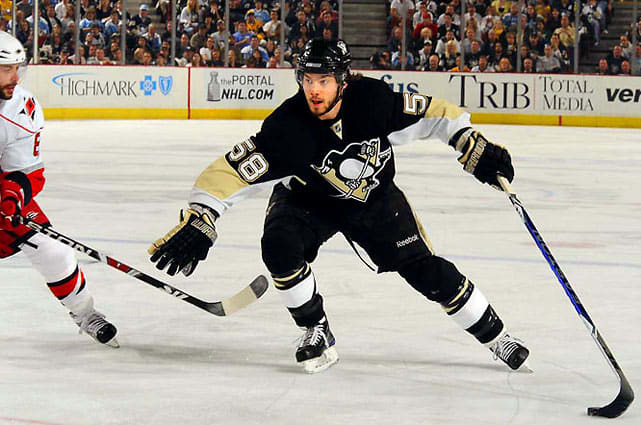
The young defender, a solid member of the Penguins' 2009 Stanley Cup championship team, has held onto his training camp number and worn it longer (since 2007) than any of the other 21 wearers, none of whom made my pulse race.
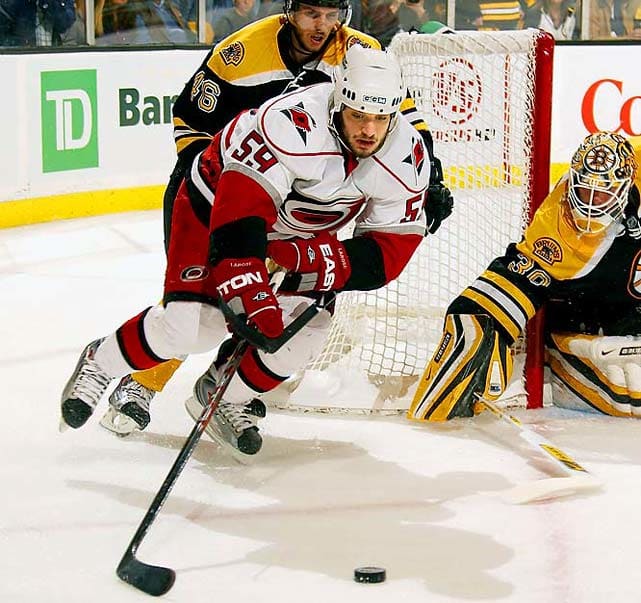
The speedy forward has played bigger than his size (5-8, 185 pounds) during his five seasons in Carolina, which include a Stanley Cup in 2006.
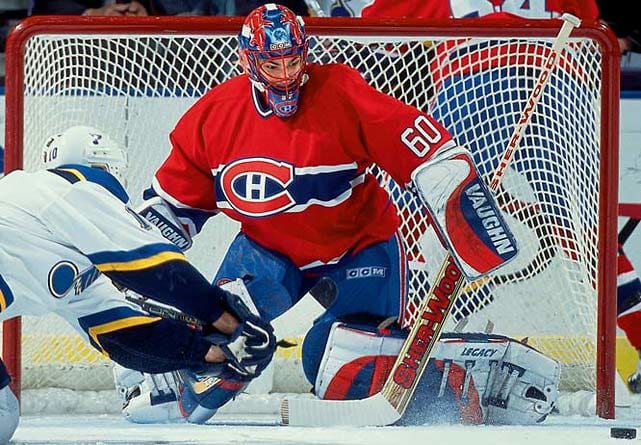
Paris Hilton's ex has fashioned a decent career since switching from 37, although that Hart Trophy in 2002 still feels fluky.
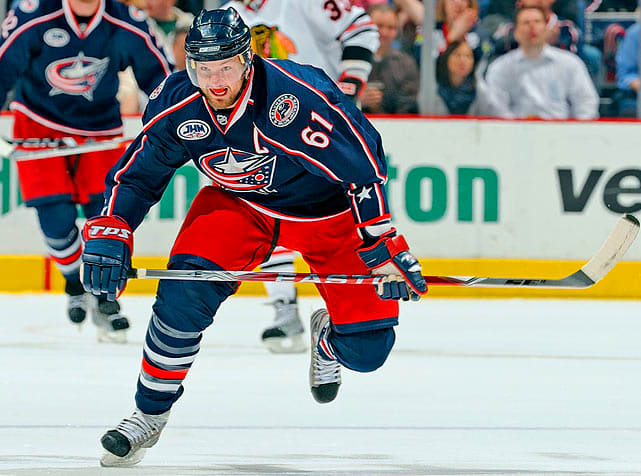
The cornerstone of Columbus, a five-time 30-plus goal scorer and Olympic gold medalist, has kept the number he wore in juniors with the London Knights.
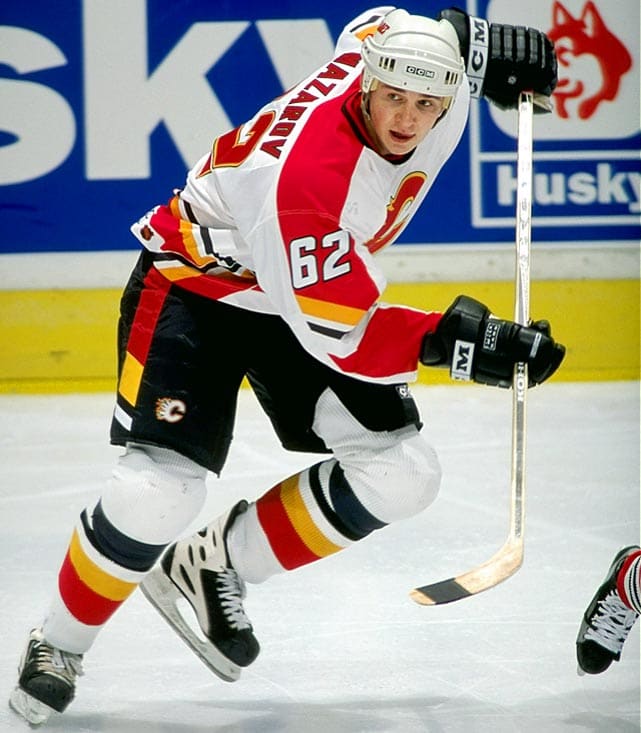
The more distinguished Paul Stastny briefly wore 62 as a promising rookie before switching to his dad's old number 26. Thus, Nazarov gets the nod largely for grinding it out for all or (mostly) parts of 12 seasons with the Sharks, Lightning, Flames, Ducks, Bruins, Coyotes and Wild, scoring 53 goals and 124 points along the way.
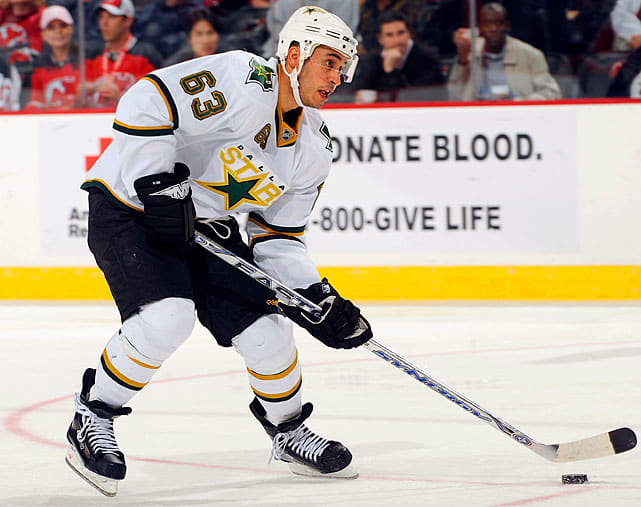
The junior sniper (67 goals for Rouyn-Noranda in 1998-99) rediscovered his scoring touch since joining Dallas after a maddening four full seasons in Montreal.
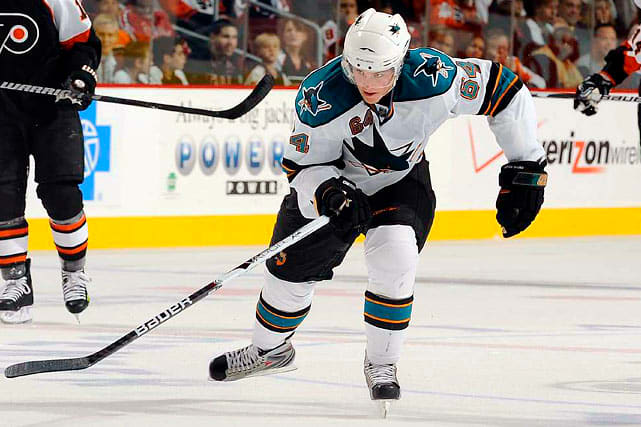
A number worn by 11 nondescript players. How nondescript? McGinn gets the nod based on parts of two nondescript seasons (94 games) with San Jose in which he's put up 14 goals and 19 points.
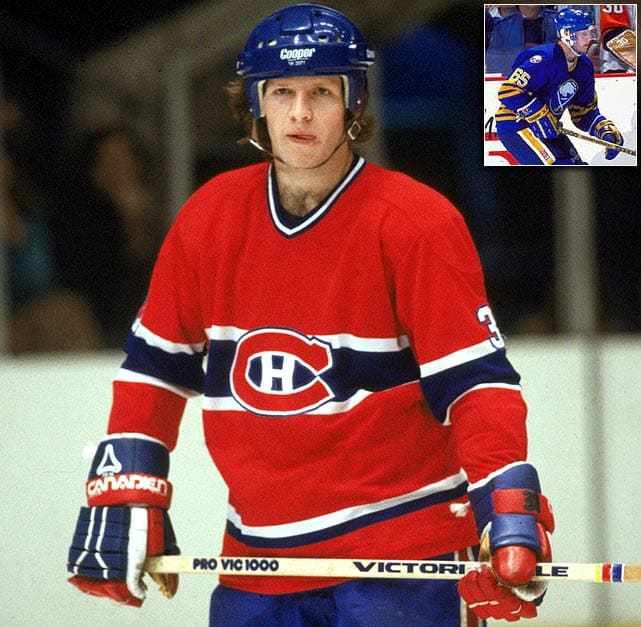
A veteran of 12 seasons with Montreal, Minnesota (North Stars), Edmonton, and Buffalo, Napier took number 65 to bring attention to his work with the Cystic Fibrosis Foundation when he joined the Sabres in 1987. He retired in 1993 with 136 goals and 254 points.
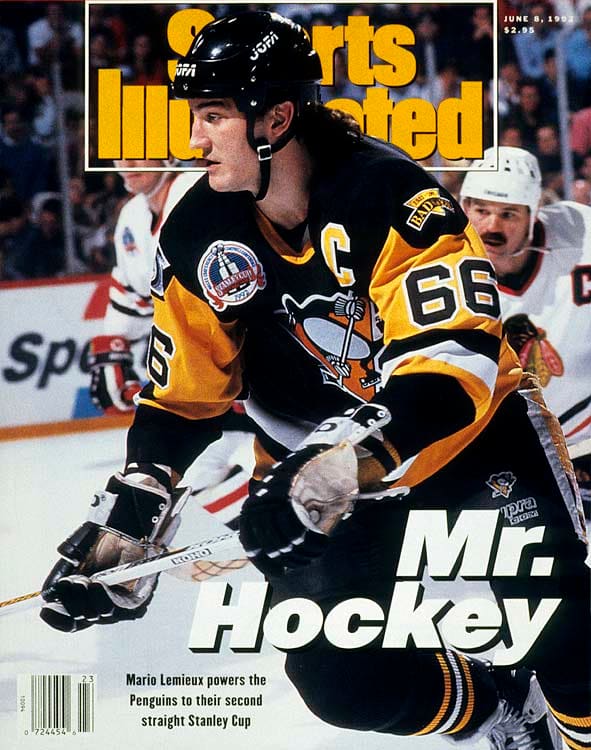
You were expecting Gino Odjick?
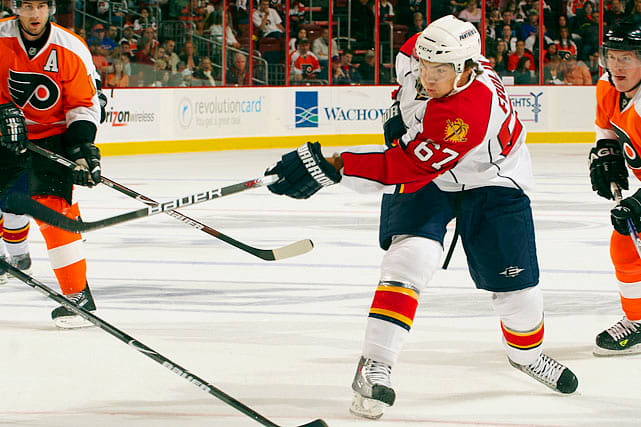
Slim pickings here. Frolik's two (and counting) 21-goal seasons with Florida are good enough to secure immortality.
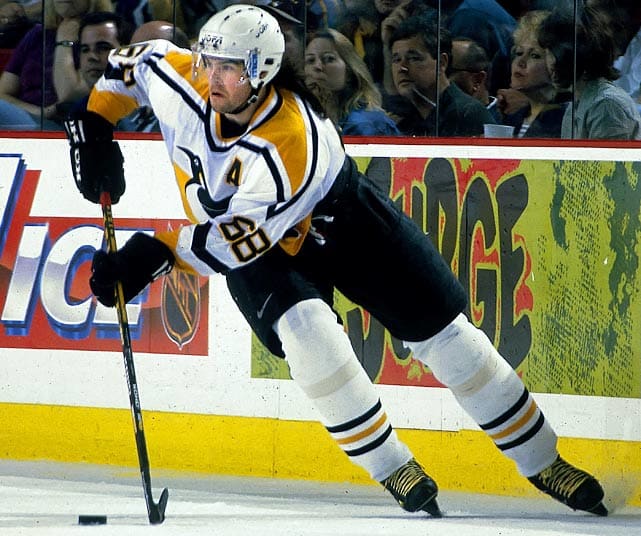
The five-time scoring champion, who racked up 646 career goals before departing for the KHL in 2008, chose his number to commemorate the Soviet invasion of his native Czechoslovakia in 1968.
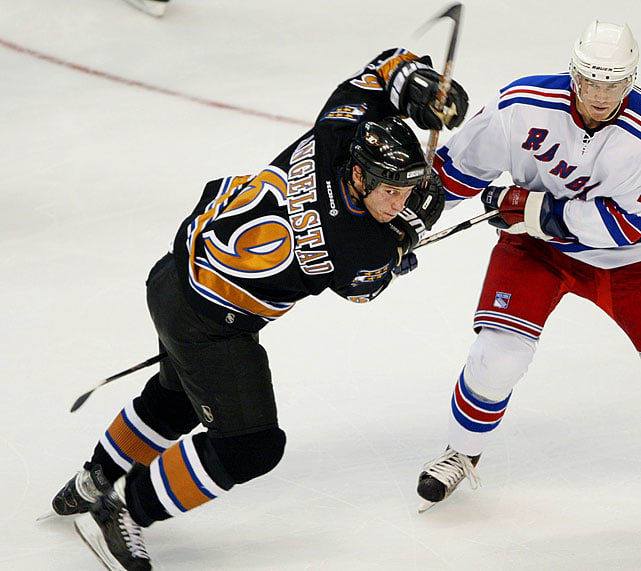
The least utilized number in NHL history. This minor league cementhead wore it in just two games for the Capitals back in 2003-04. It hasn't been seen before or since in regular season play.
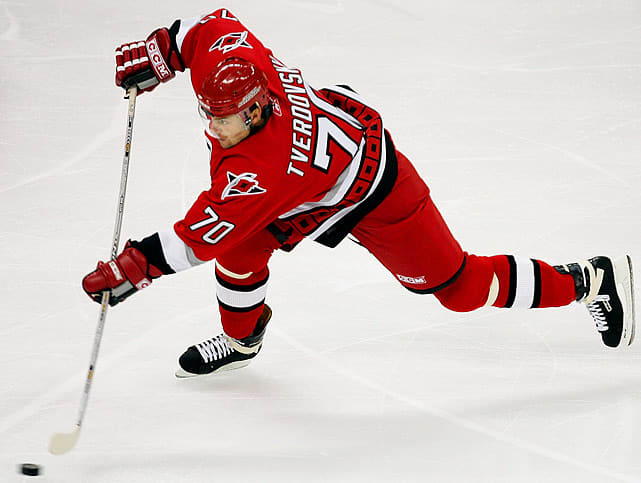
The journeyman, who has been toiling in the KHL since 2007, wore this number with the Stanley Cup-winning Hurricanes in 2005-06. Yeah, this choice violates our "briefly" rule, but the other wearers (Kevin Sawyer, David Steckel, Greg Stewart, Tim Thomas, and Jeremy Yablonski) either wore it just as briefly or with less distinction.
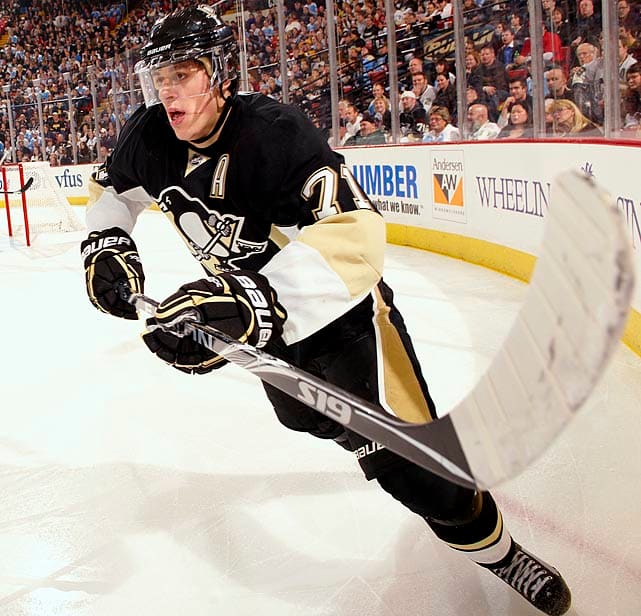
Off to a pretty nice start, he's earned the Calder, Ross and Smythe trophies in just three seasons with the Penguins, not to mention a Stanley Cup in two trips to the final.
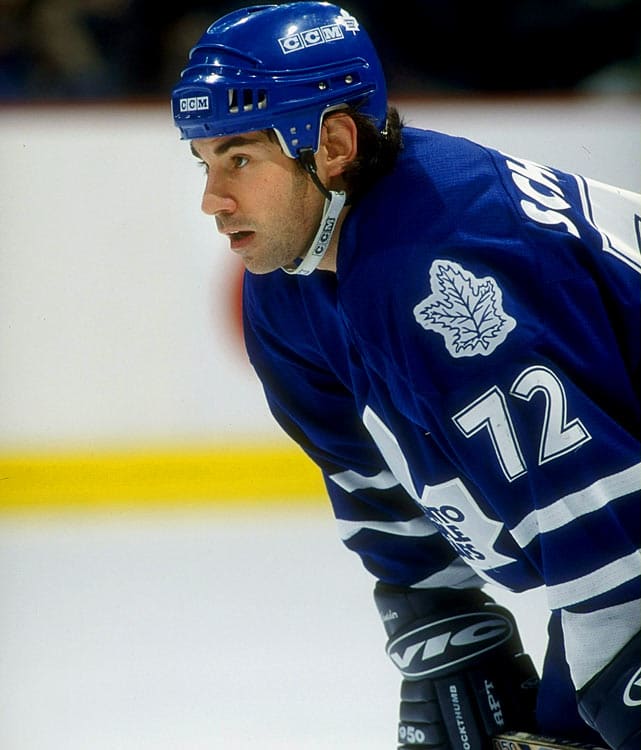
I was going to go with Shayne Corson, who was the sort of warrior that any player would be proud to go to battle beside. (Plus, he beat me once at Chexx hockey.) But Corson only wore 72 for 17 games with Dallas at the end of his career in 2003-04, so the offense-minded Schneider gets the nod by virtue of wearing it from 1995 to 1998 with the Islanders and Leafs.
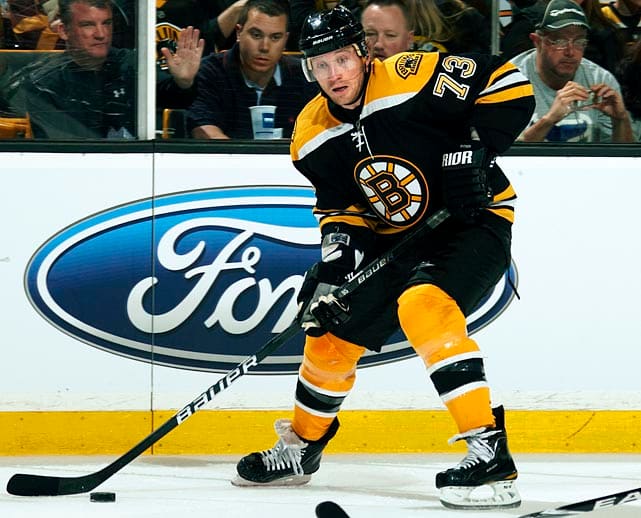
He's held onto the number given to him in his first training camp through six NHL seasons during which time he's scored 30 goals twice (for Montreal) and had two other 25-plus campaigns.
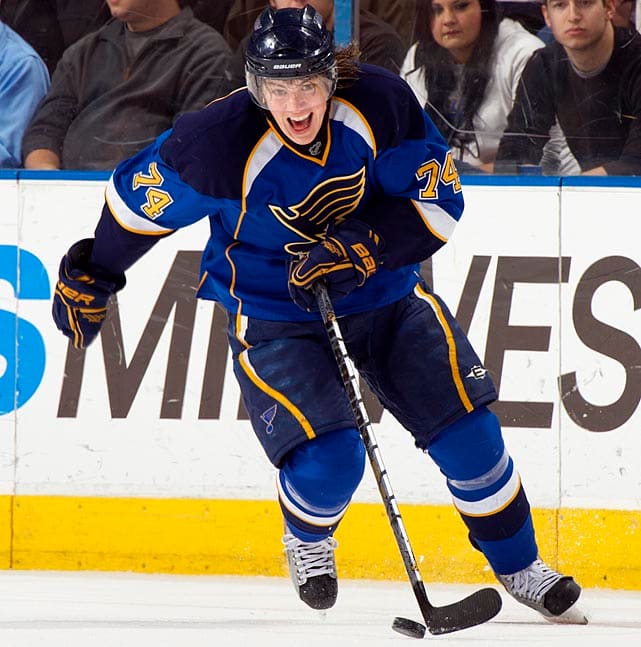
The great Paul Coffey ran out the clock with this number in Boston, but Oshie's made it his own as a fan favorite with the Blues.
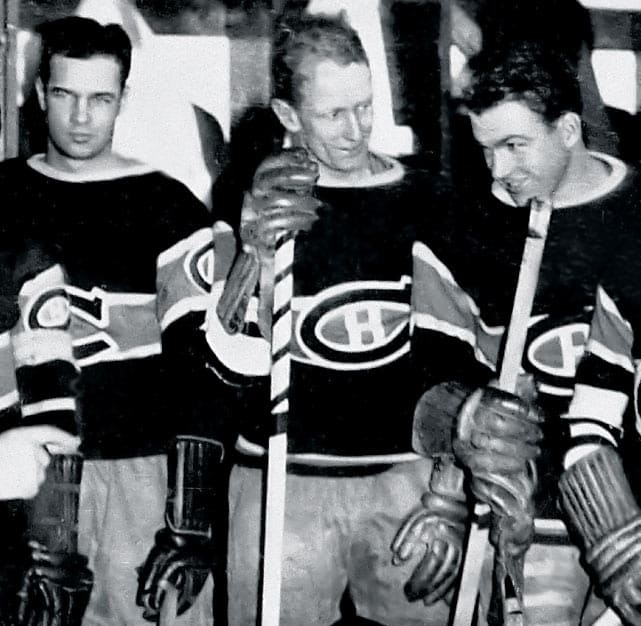
Hard to believe the Habs let him wear this way back in 1934-35, but he rewarded them with 20 goals in just 33 games.
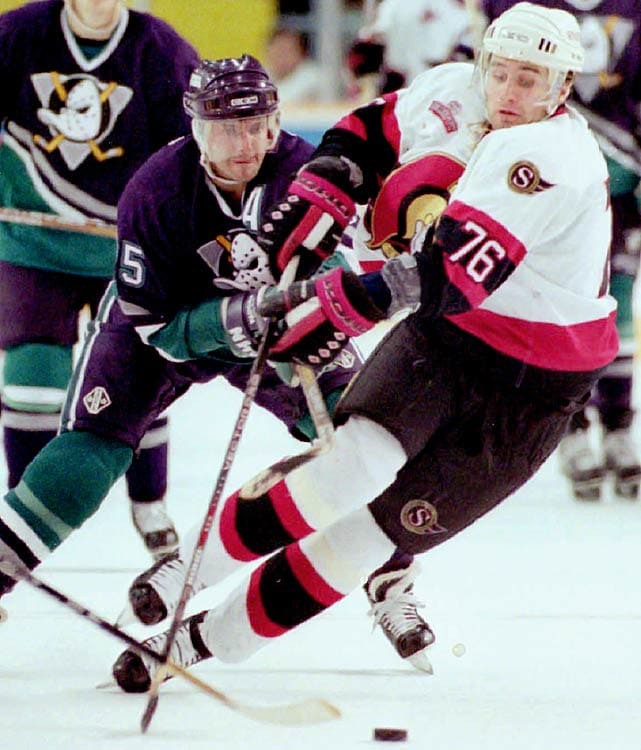
He probably deserves the nod just for his distinctive name, but the third overall draft pick of 1994 wore 76 during his first three seasons with Ottawa before stretching his relatively disappointing NHL career out for nearly 1,000 games and then departing for the KHL in 2009. As a 76, Bonk scored more than winger Andrew Peters did with the Sabres (2003-09).
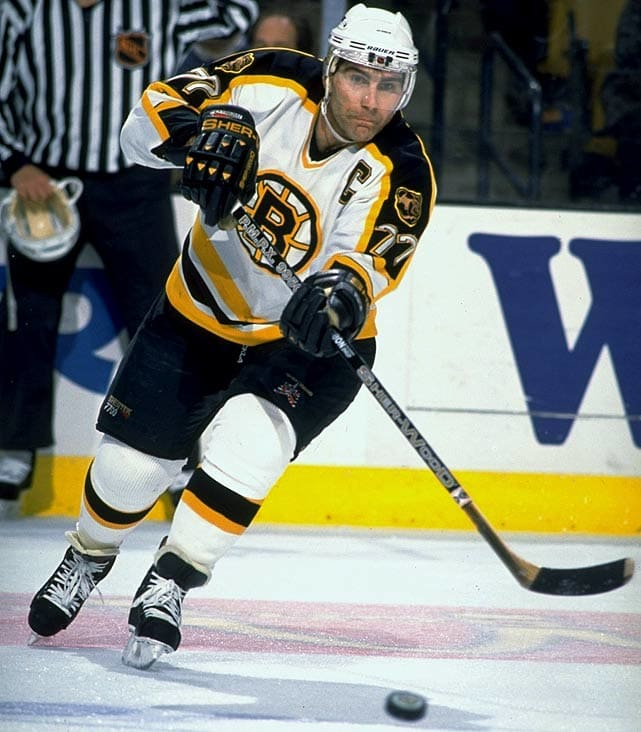
The Boston icon and Hall of Famer took 77 to honor Espo. Every player who has worn it since chose it to honor Bourque.
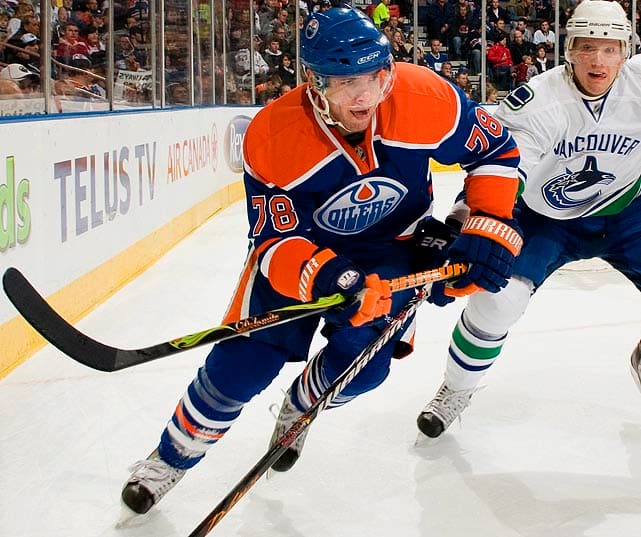
The far more accomplished Pavol Demitra started his 14-year career with this number before quickly switching to 38. Pouliot, who has squeezed out 21 goals and 53 points in parts of four seasons with Edmonton, thus wins out over a thin lot.
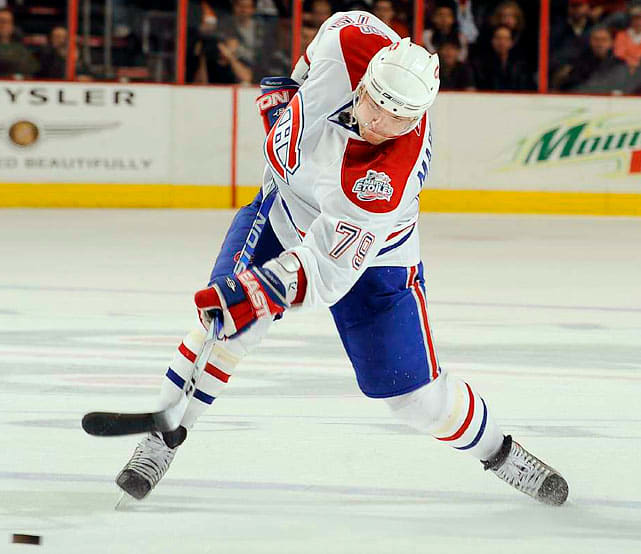
Alexei Yashin had better numbers, but Markov has made a greater impact during his nine seasons in the league.
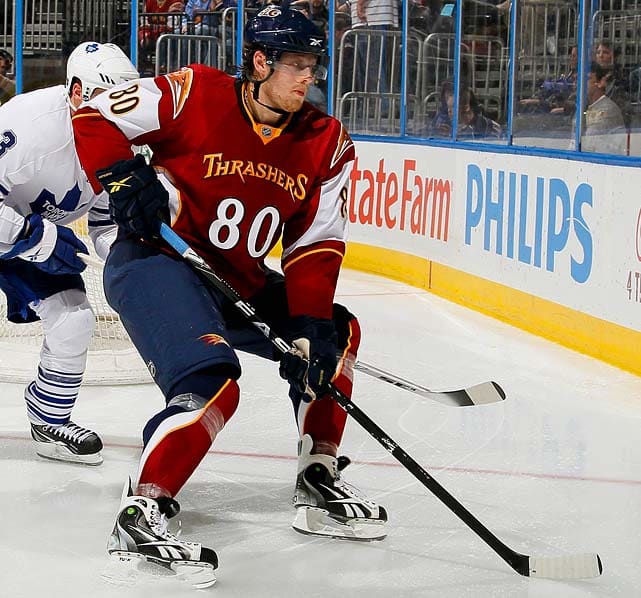
The 1998 first-rounder (10th overall by Toronto) has been in the 25-goal, 60-point neighborhood twice with three teams since his selection. A better choice would be Geoff Sanderson, who had six seasons of at least 30 goals, but alas he wore 80 only during a dismal mid-career season in Buffalo.
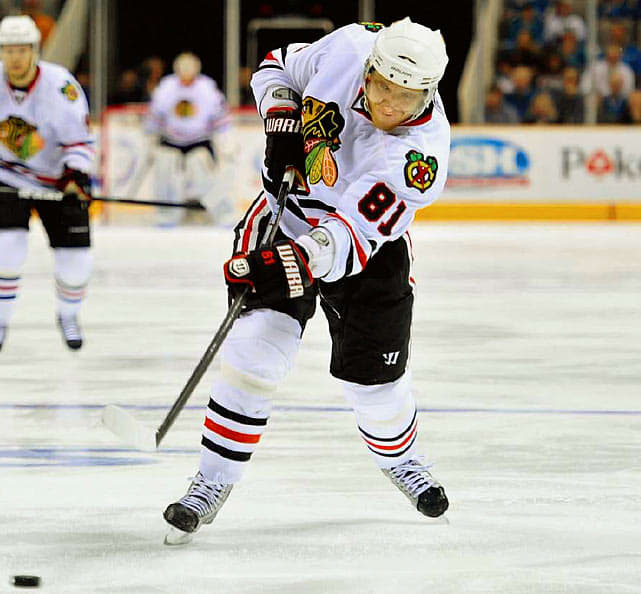
He's worn it for just two seasons, but that Stanley Cup gives him the edge over Miro Satan and Phil Kessel.
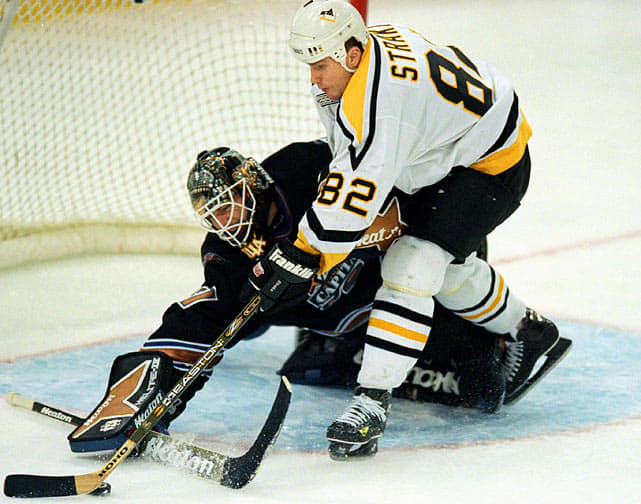
He produced six 20-plus goal seasons (including two 30s) during his 13 years in the NHL and is one of only four players to don these digits. The others? Donald Audette, Tomas Kopecky, and Marian Gaborik (only for his rookie season.)
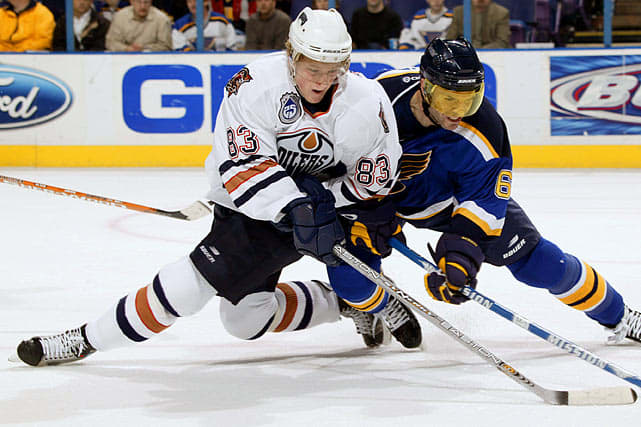
He might leave you wanting more, but so does Jay Beagle.
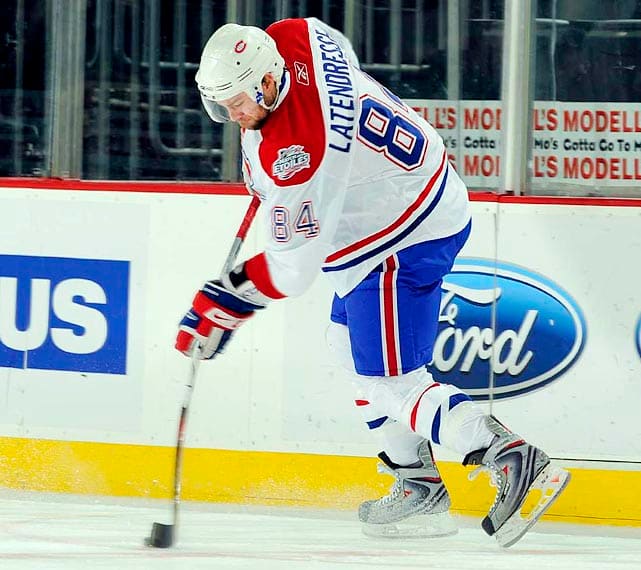
He revived his career with a 25-goal season for Minnesota in 2009-10, and beat back a challenge from former teammate Mikhail Grabovski for this distinction, after an early-season trade to the Wild.
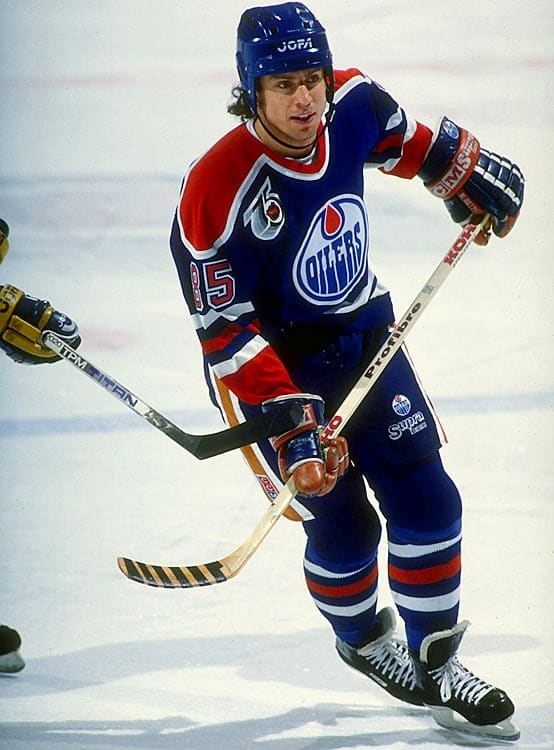
He famously defected from Czechoslovakia in 1985 and went on to play 13 seasons with Detroit, Edmonton, Tampa Bay, Los Angeles, and Pittsburgh. Along the way, he scored 30-plus goals in this first three years (five times in all) and won a Cup with the Oilers in 1990.
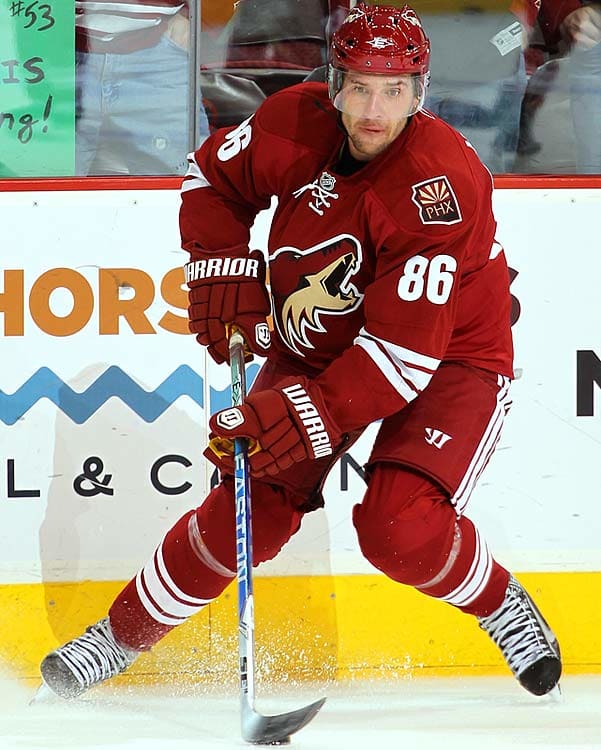
The former Avalanche first-rounder switched to this number after being dealt to Phoenix last season and helping the Coyotes make a run to the playoffs. Otherwise, not much to go on with this number. Argue your case for Jonathan Ferland if you must.
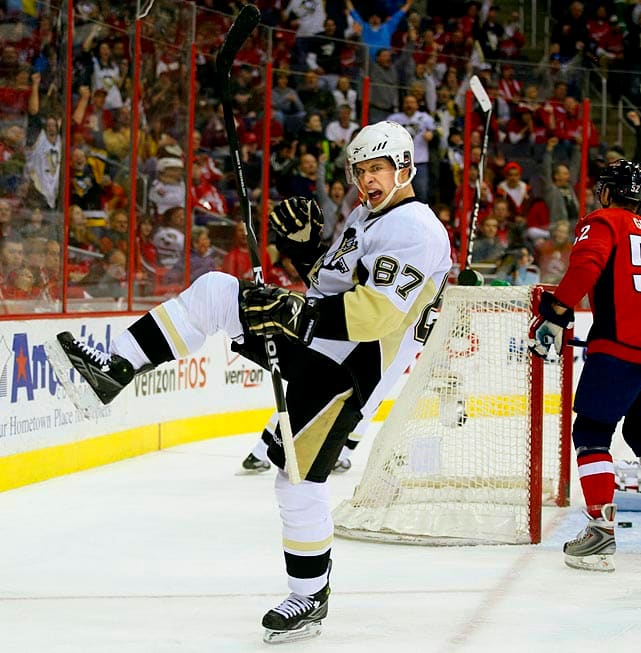
The Kid chose a number that commemorates the month (August), day (7) and year (1987) of his birth. Have to admit that he hasn't been too shabby since his arrival in the NHL in 2005.
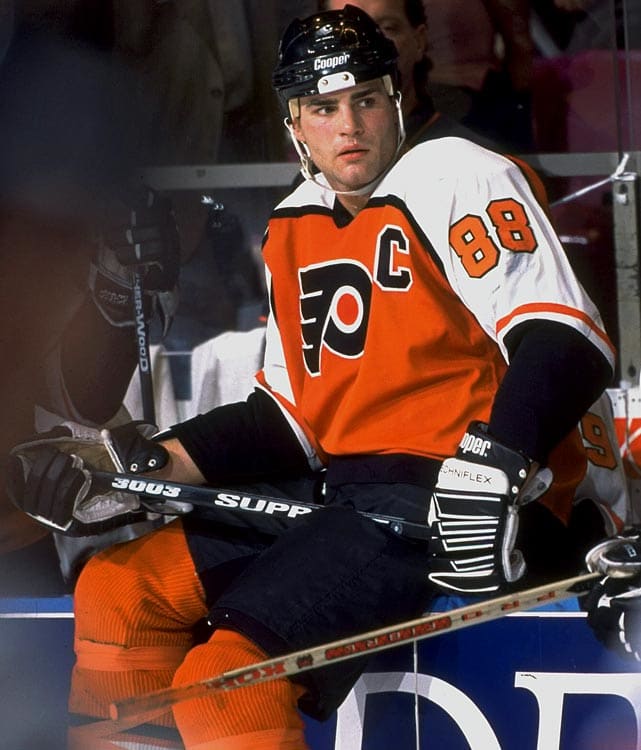
Patrick Kane might make an argument before long, but you can't argue with a Hart Trophy and a spell, however brief, that hinted at so much more. A borderline Hall of Famer.
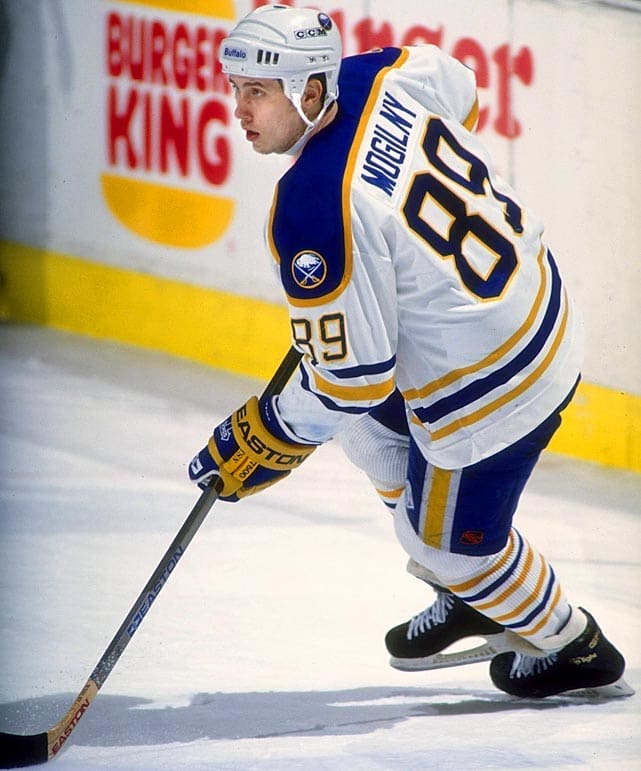
An occasionally prolific scorer (he netted 76 goals and 127 points in 77 games for Buffalo in 1992-93), Mogilny picked this number to commemorate the year of his arrival in North America from Russia.
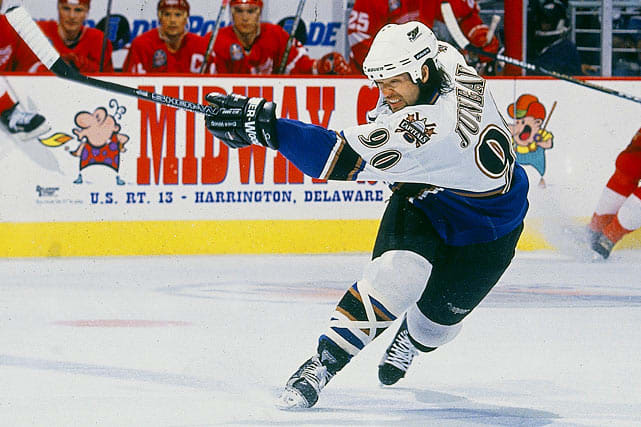
He had his best years in Boston, including a 32-goal, 102-point season in 1992-93, while wearing 49, but adopted 90 as his career wound down with Washington, Buffalo, Phoenix and Montreal.
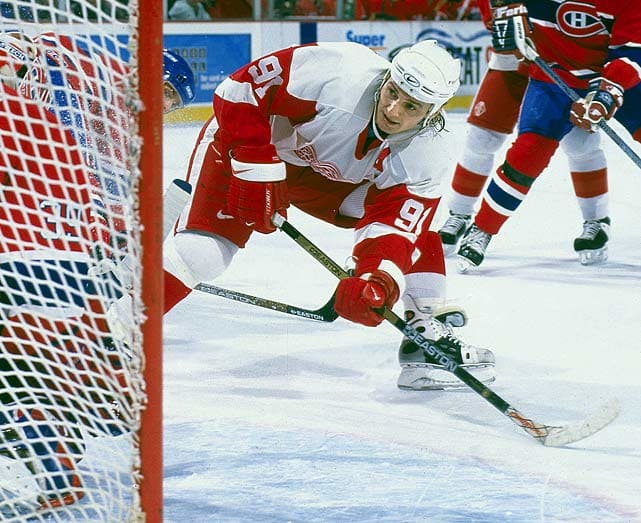
The first Russian to record 1,000 points helped popularize this number as an alternative to 19.
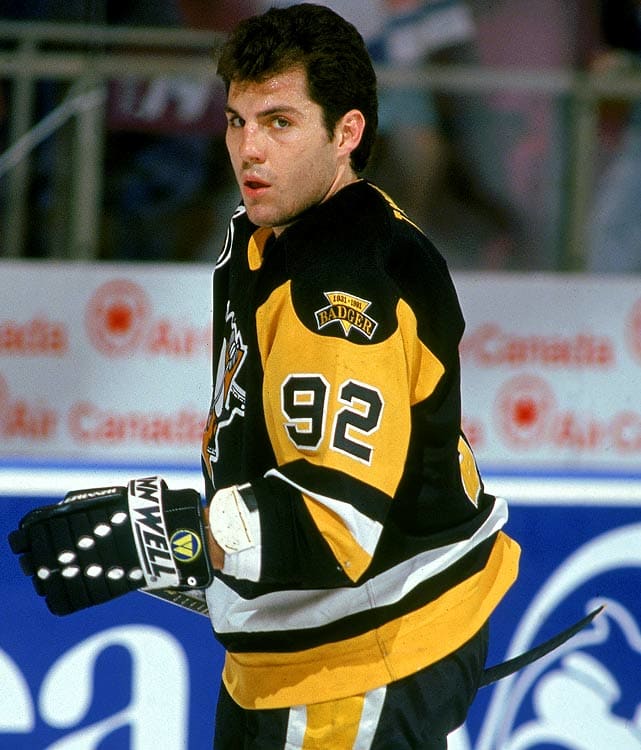
Steady and productive from 1984 until his retirement in 2001, No. 92 was his one-year jersey with four different teams (Penguins, Capitals, Coyotes, Flyers).
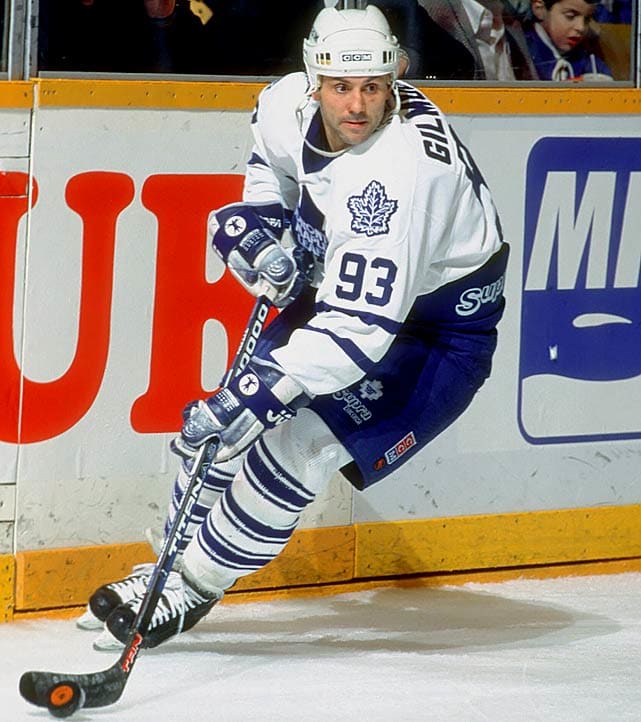
It's tough to remember that he first wore 18 with the Blues (1984) and 39 with the Flames (1989-92). Killer carved out an arguably Hall of Fame career with a pair of 110-plus points seasons in Toronto and the 1992-93 Selke Trophy as the league's best defensive forward.
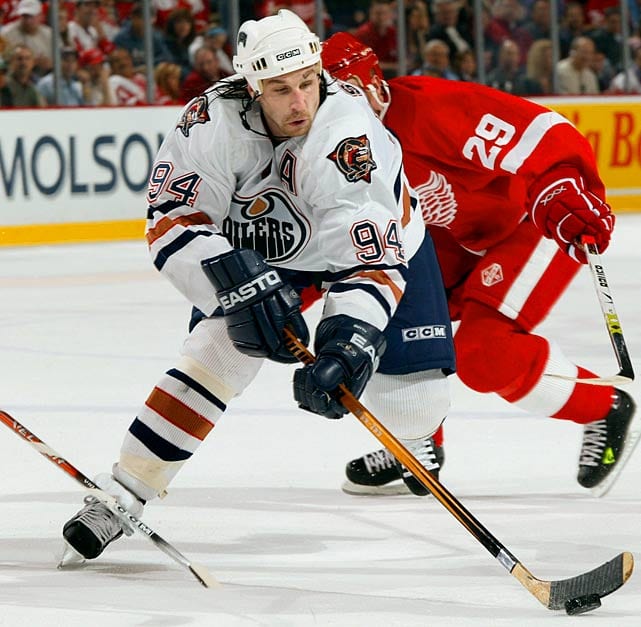
He wore 10 as a rookie before switching to 94 in 1995-96. During his 14-year career, he's earned a reputation as a heart-and-soul kind of guy, helping the upstart Oilers reach the 2006 Cup final where they fell in seven games to Carolina.
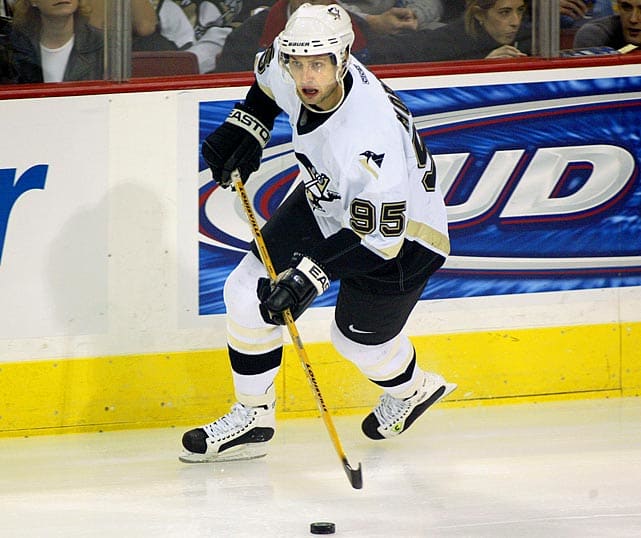
The Penguins' first-round pick (24th overall) in 1995, he spent only seven rather underwhelming seasons in the NHL, but is just one of four players to wear 95 and the only one to keep it more than one season. We'll take him over Sergei Berezin, Olivier Michaud and Danny Markov.
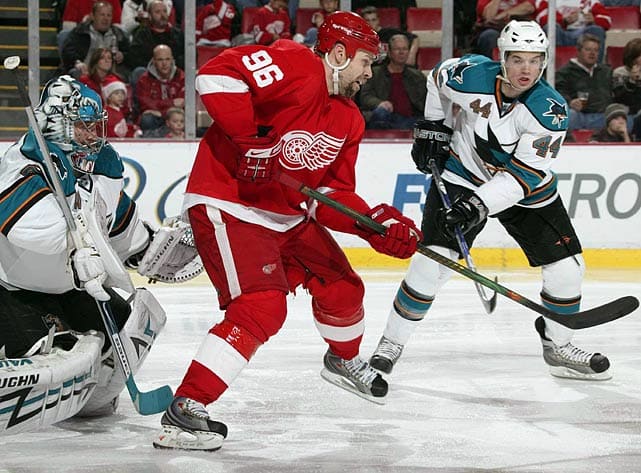
He has a formidable reputation for parking himself in front of the net and making life interesting for opposing goalies. He's also got a pretty nice resume after 13 seasons in Detroit -- four Stanley Cups, a career-high 30 goals in 2006-07. Of note: Pavel Bure wore 96 for two seasons in Vancouver, but it was his kryptonite. The two-time 60-goal scorer was out for all but 15 games in 1995-96, and scored only 23 in 63 in 1996-97. Back in his familiar 10 for 1997-98, he tallied 51.
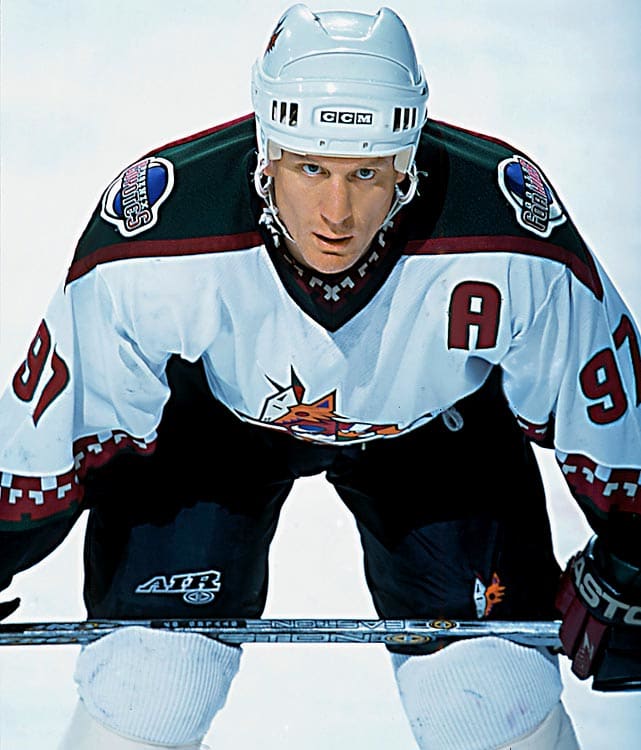
JR's 27 was familiar to fans in Chicago, but he wore 97 from 1999 on, with Phoenix, Philadelphia and Los Angeles. After two 30-goal seasons with the Coyotes, Roenick put up some decent twilight campaigns and easily earned the honors over Matt Gilroy, Rotislav Klesla and Petr Ledin.
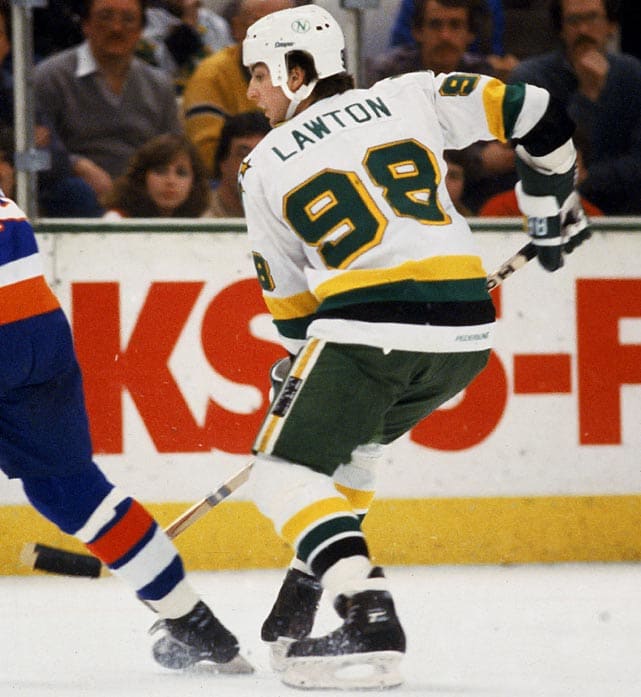
The only player to wear the number. Can't imagine why.
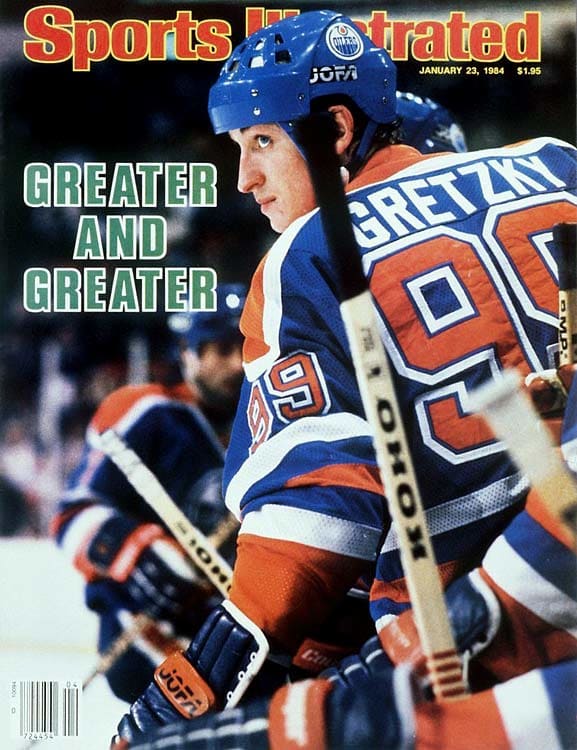
The Great One's No. 99 might be the most instantly recognizable number in sports.
